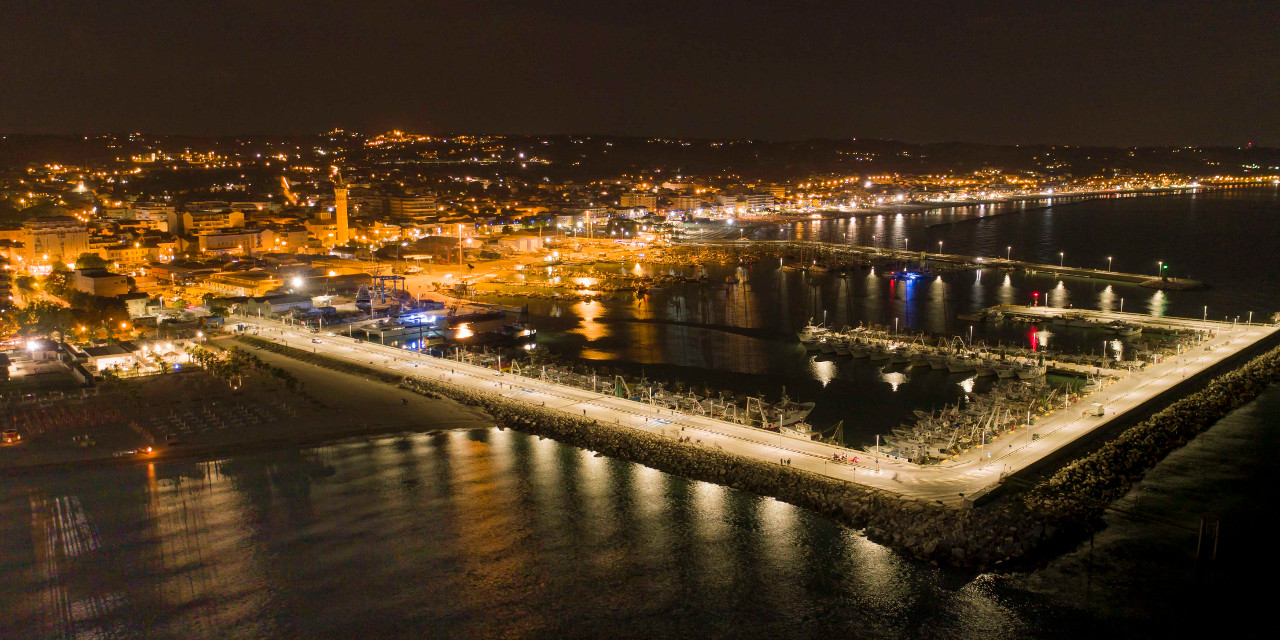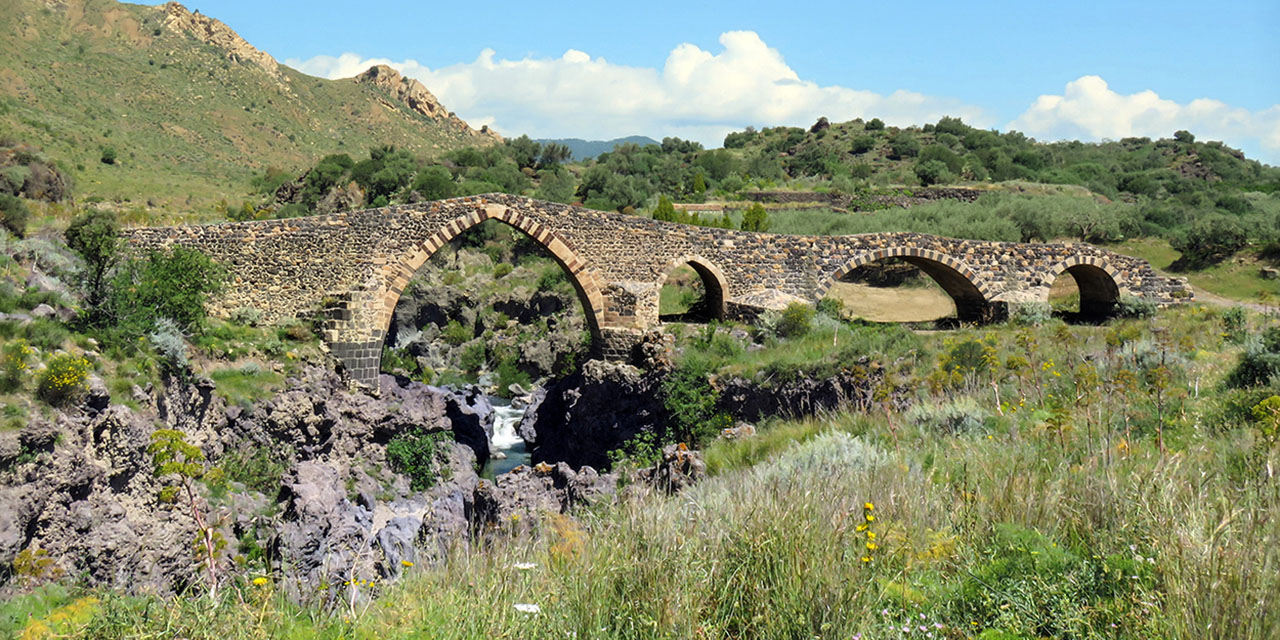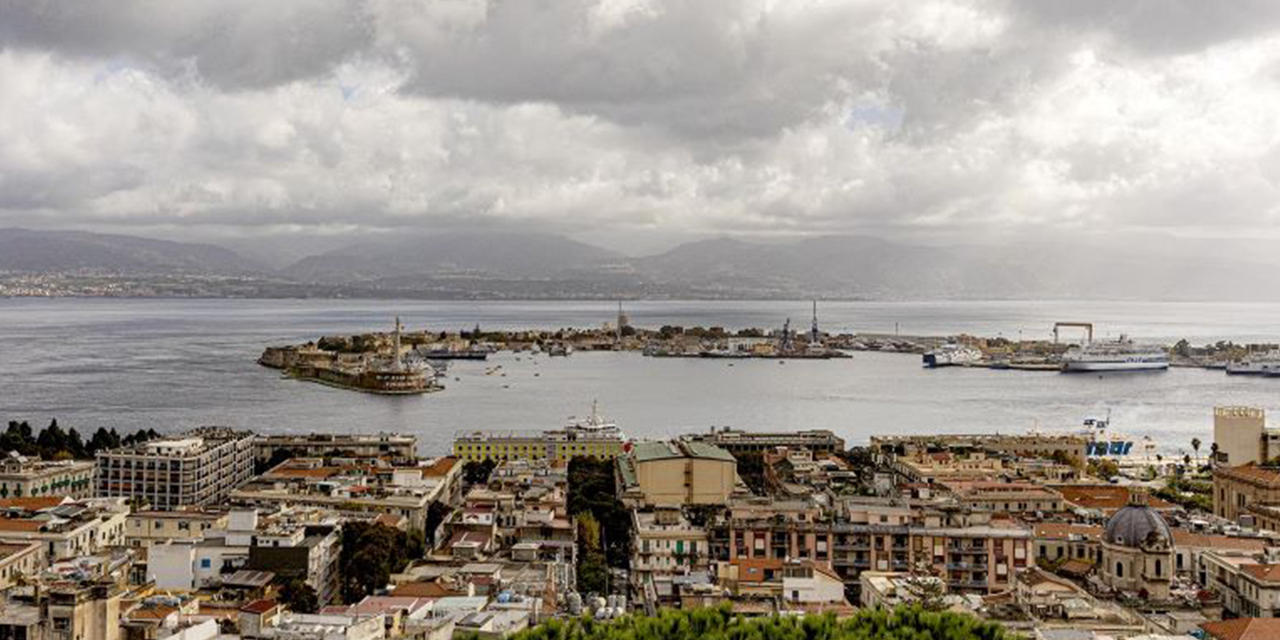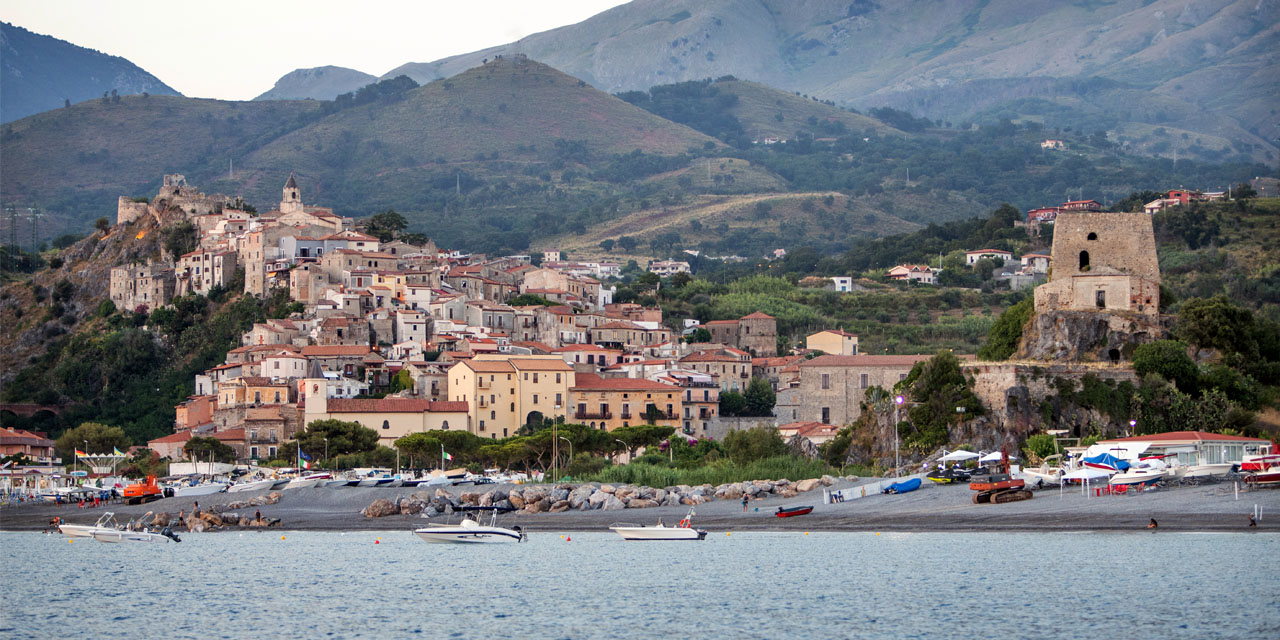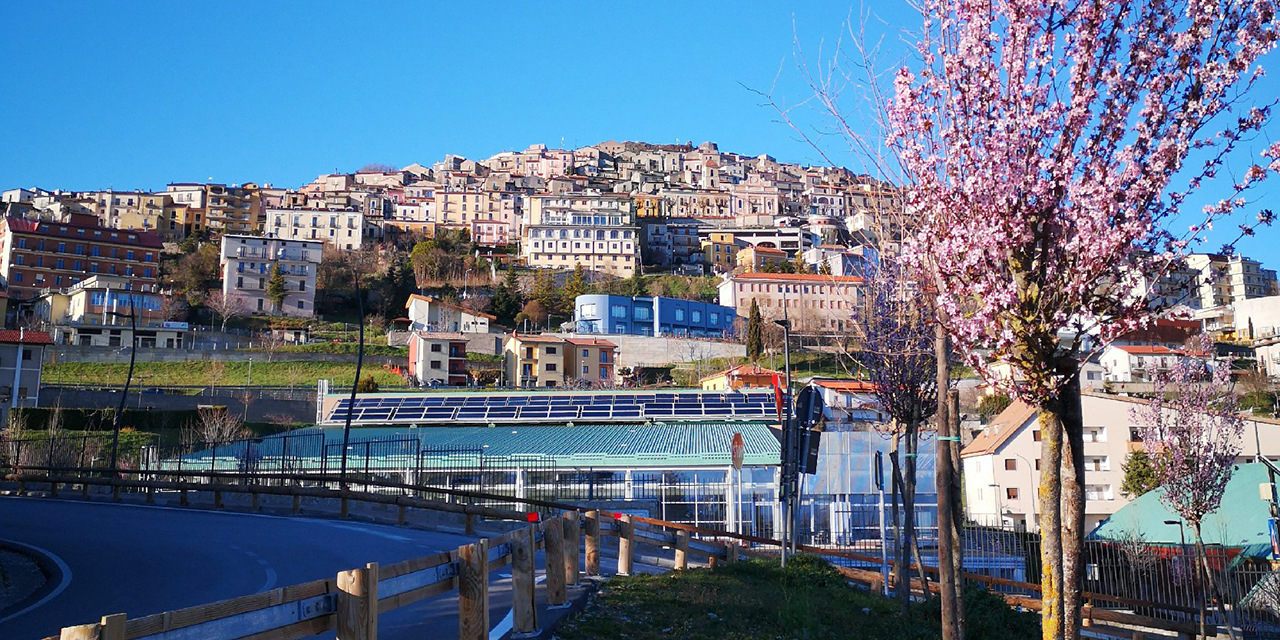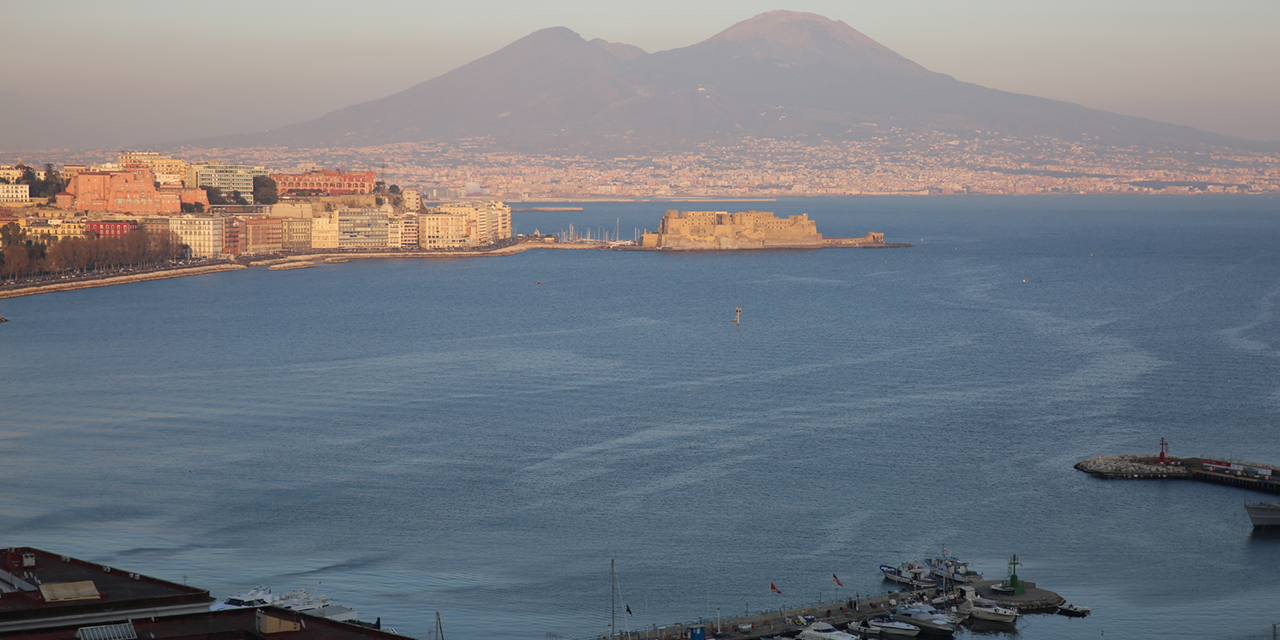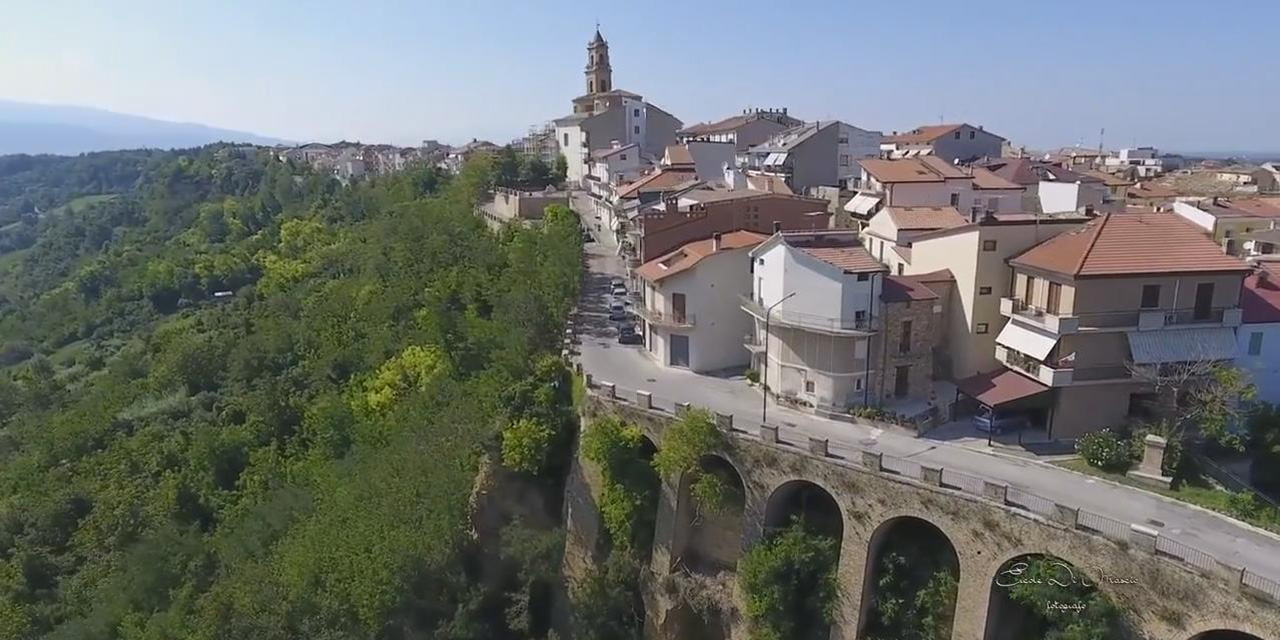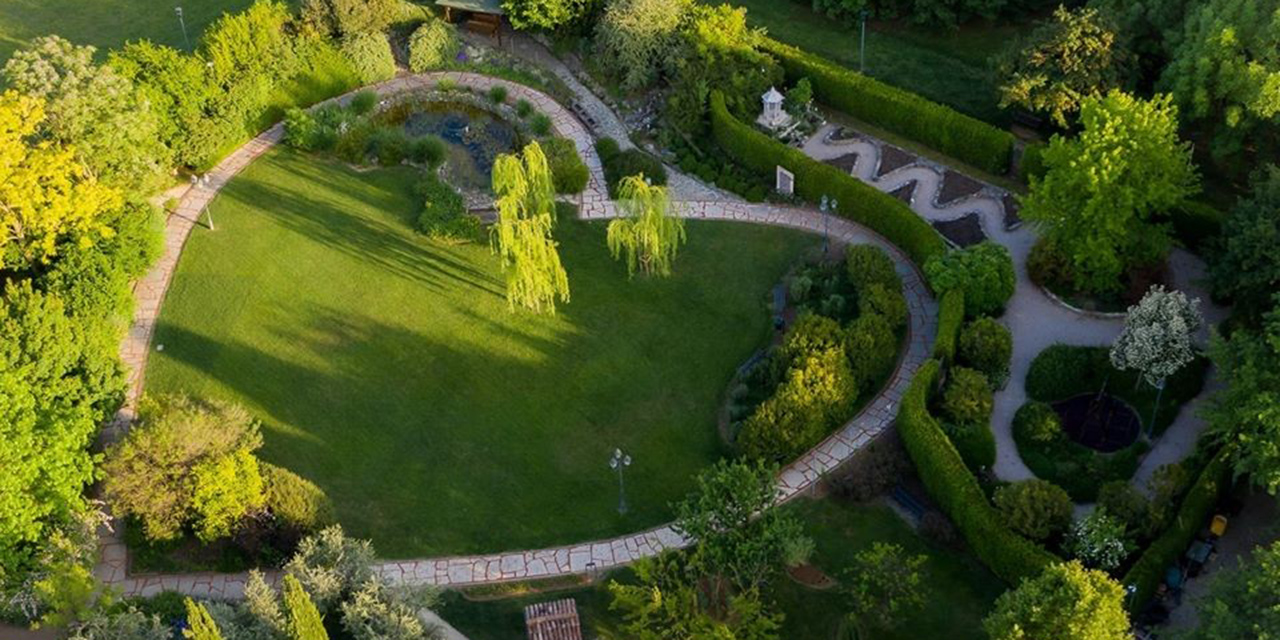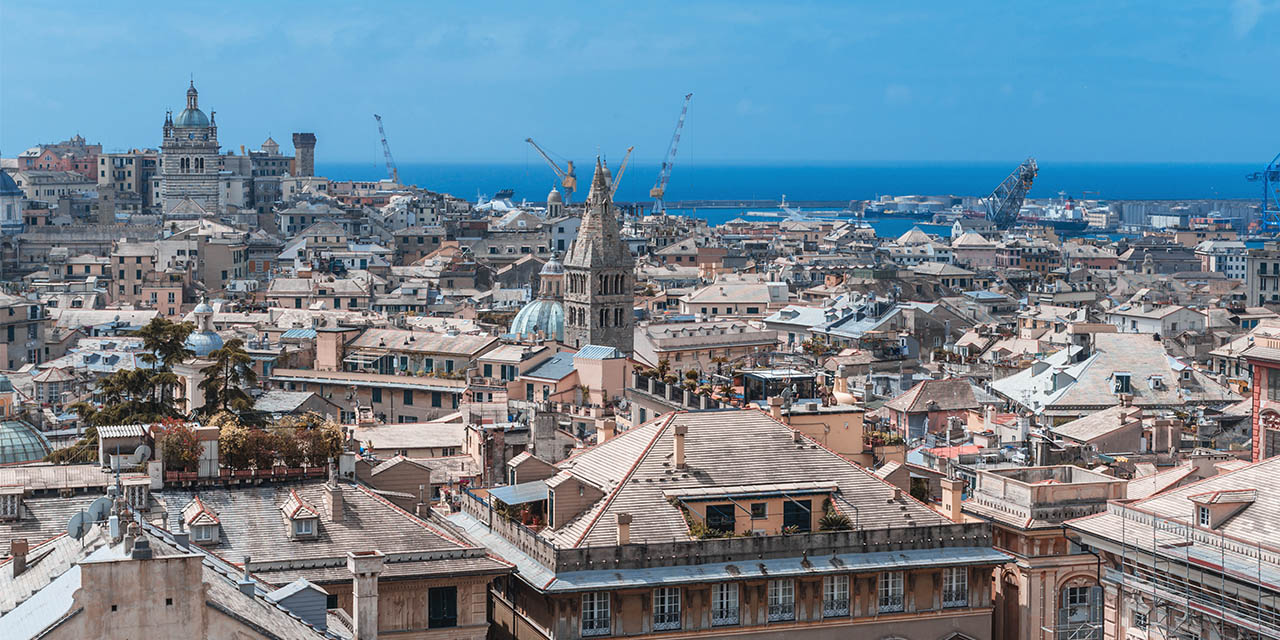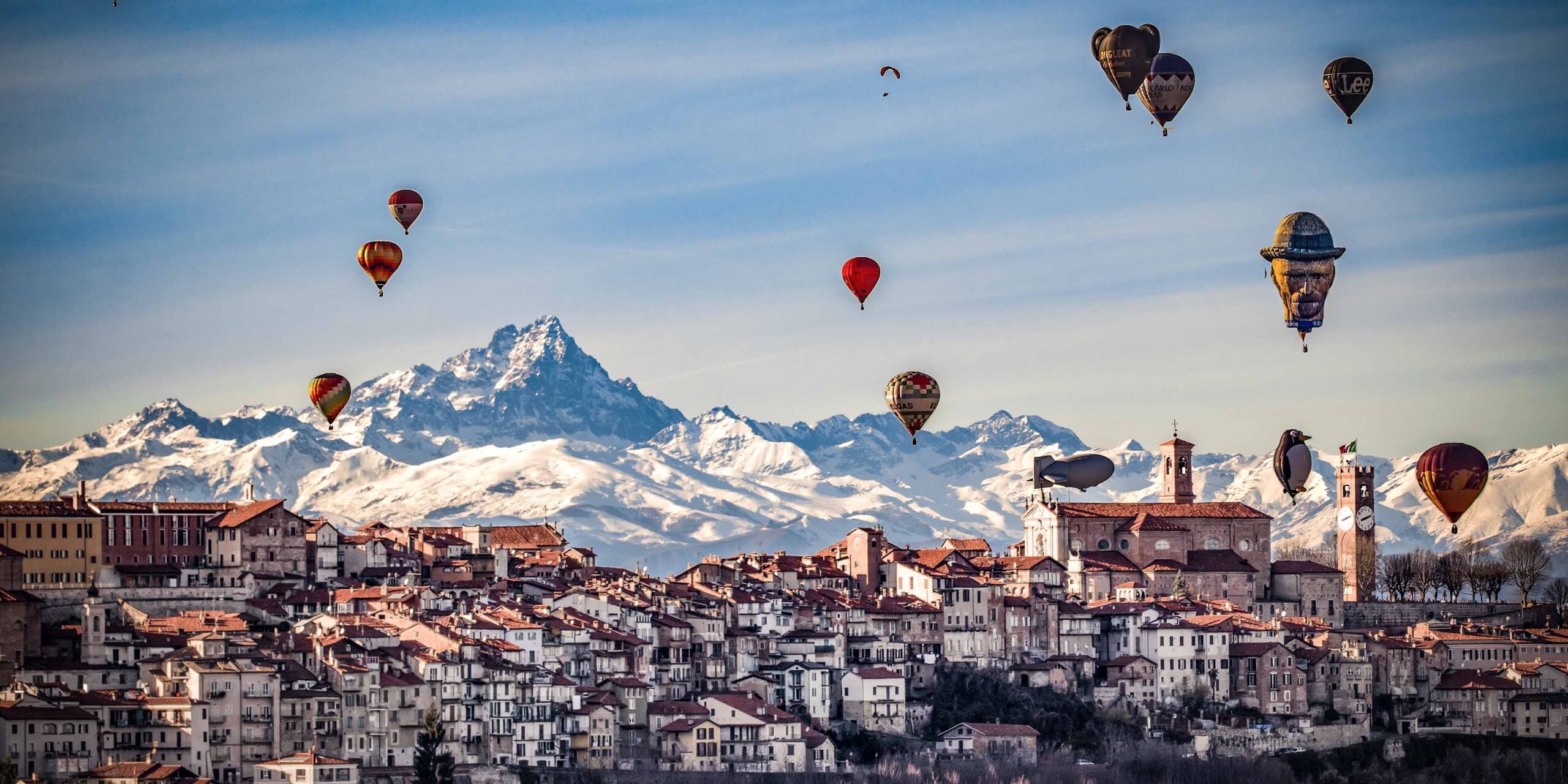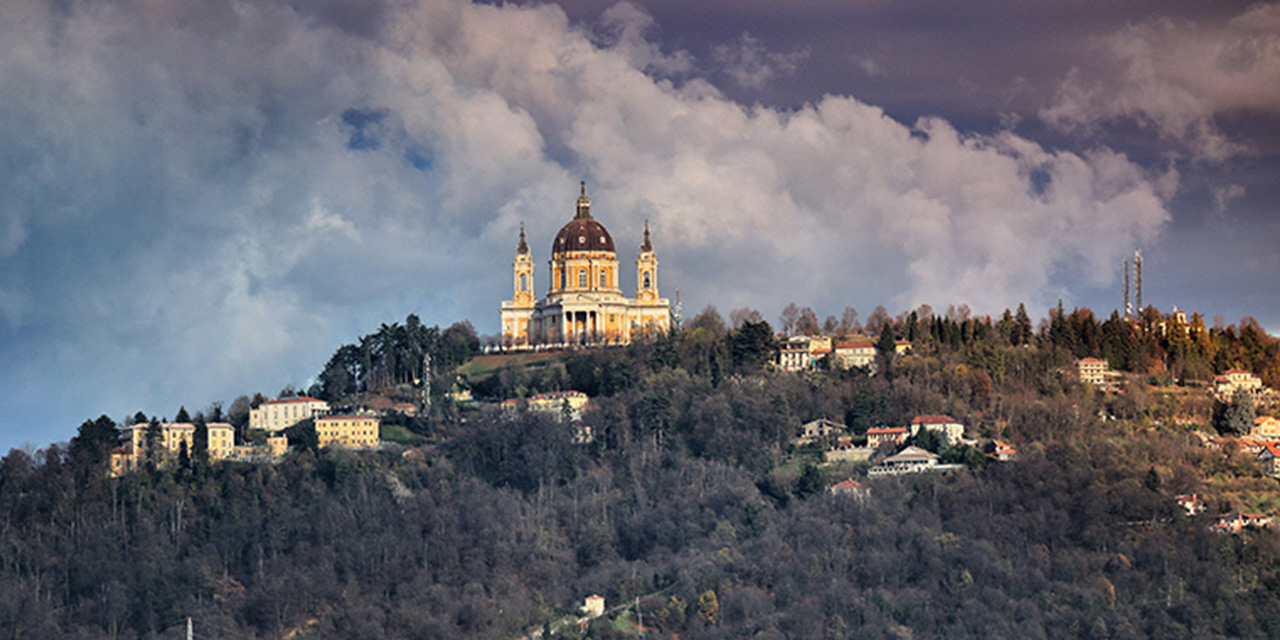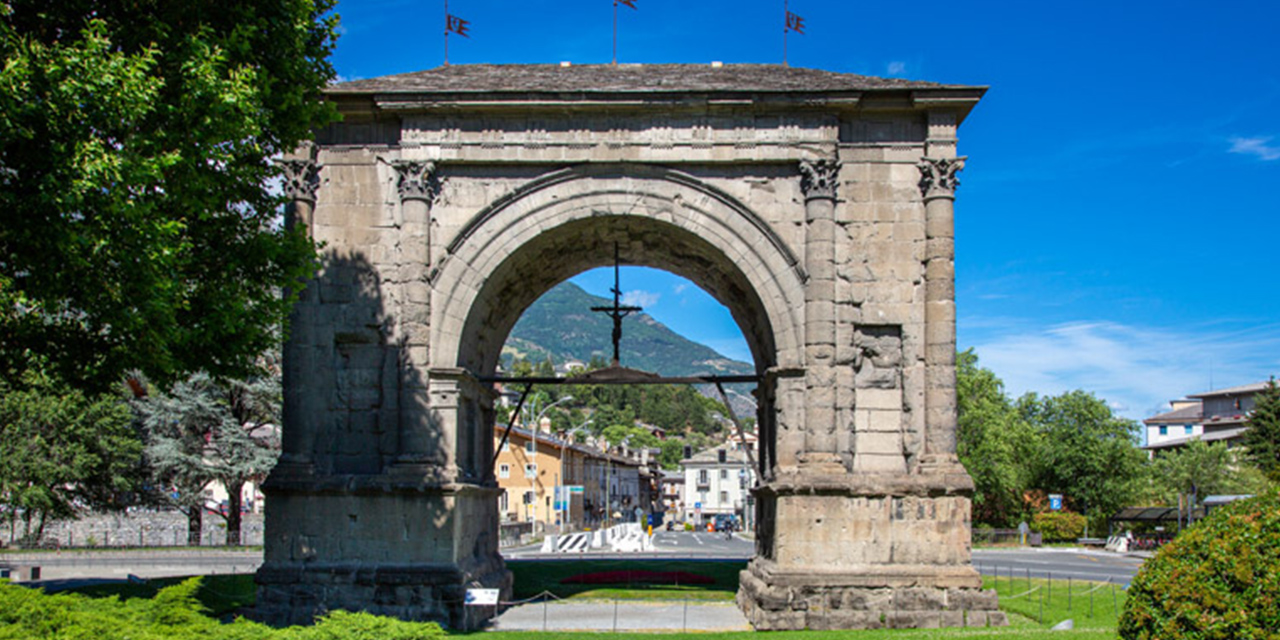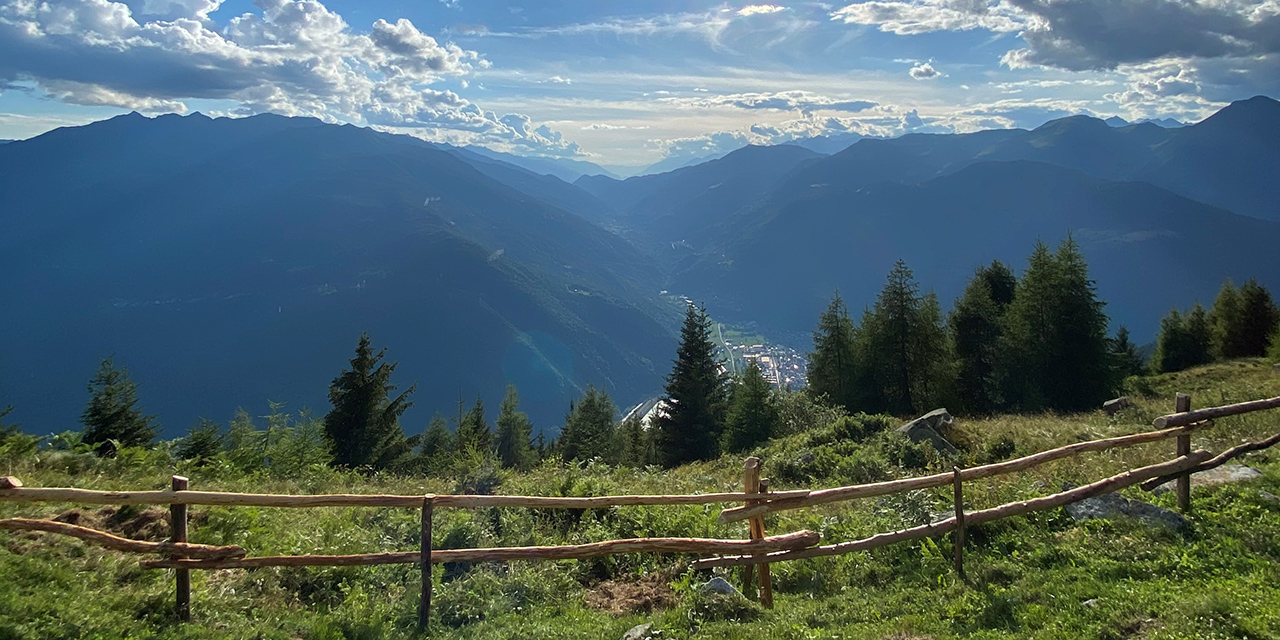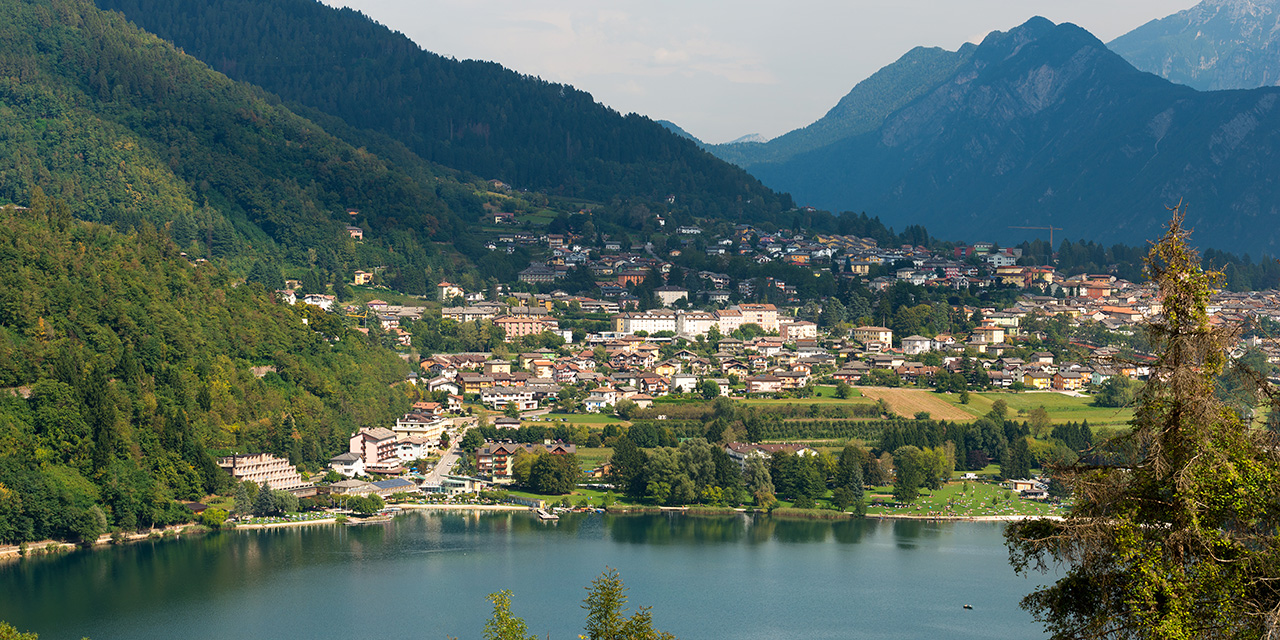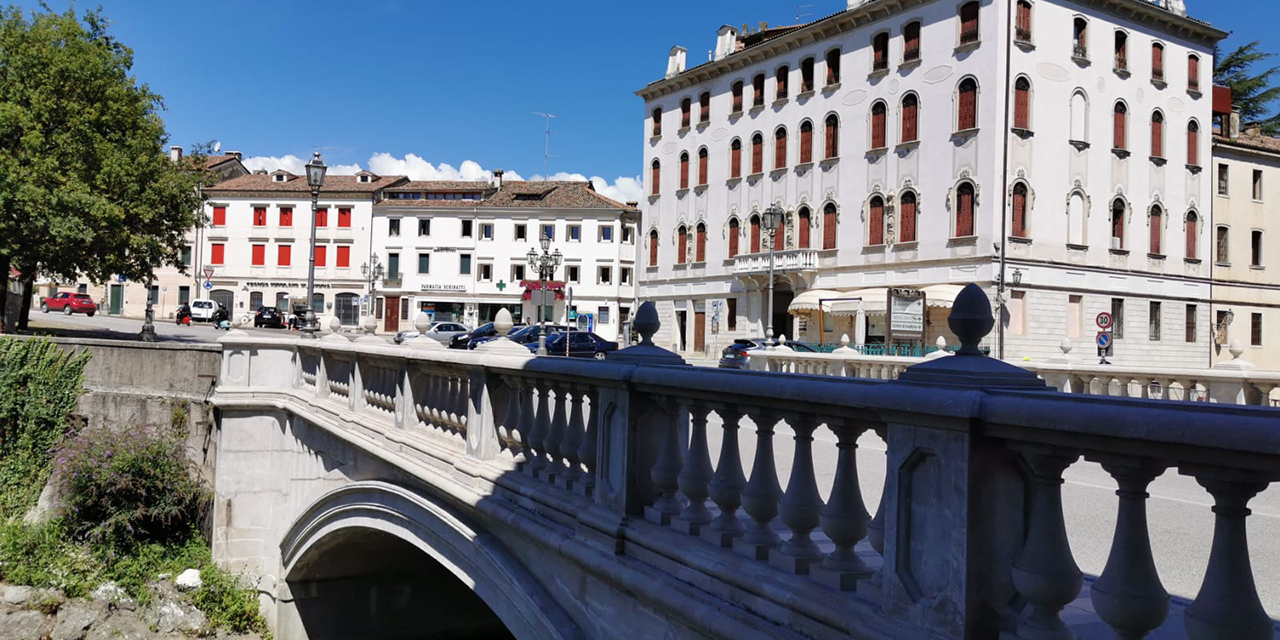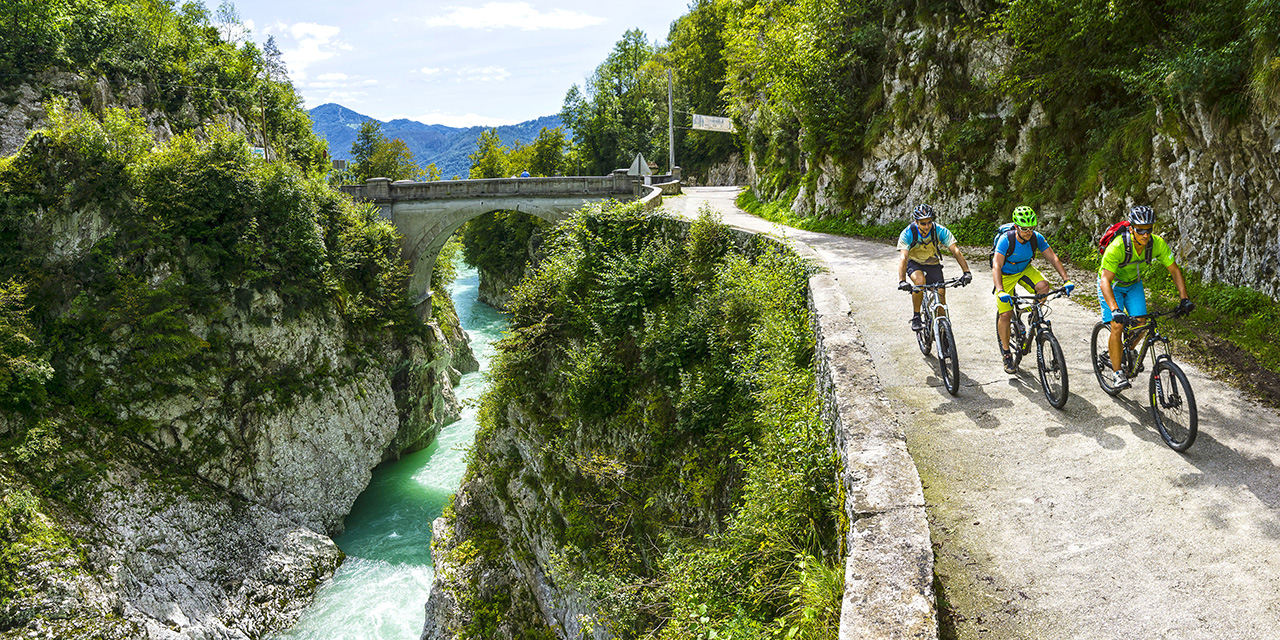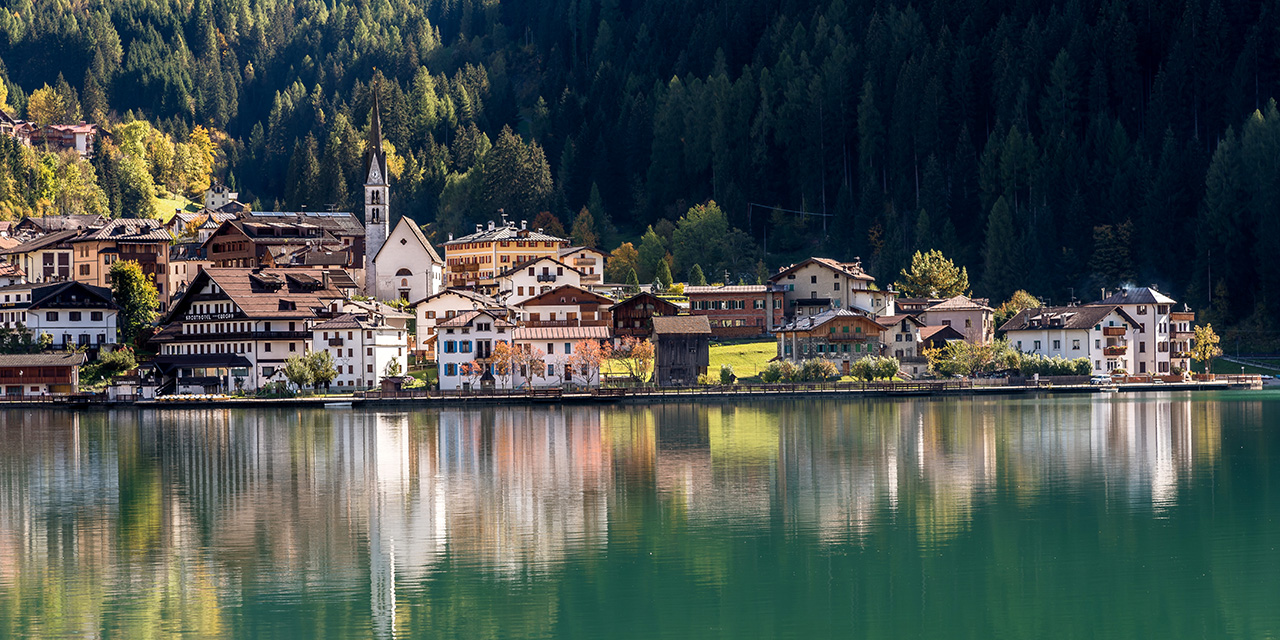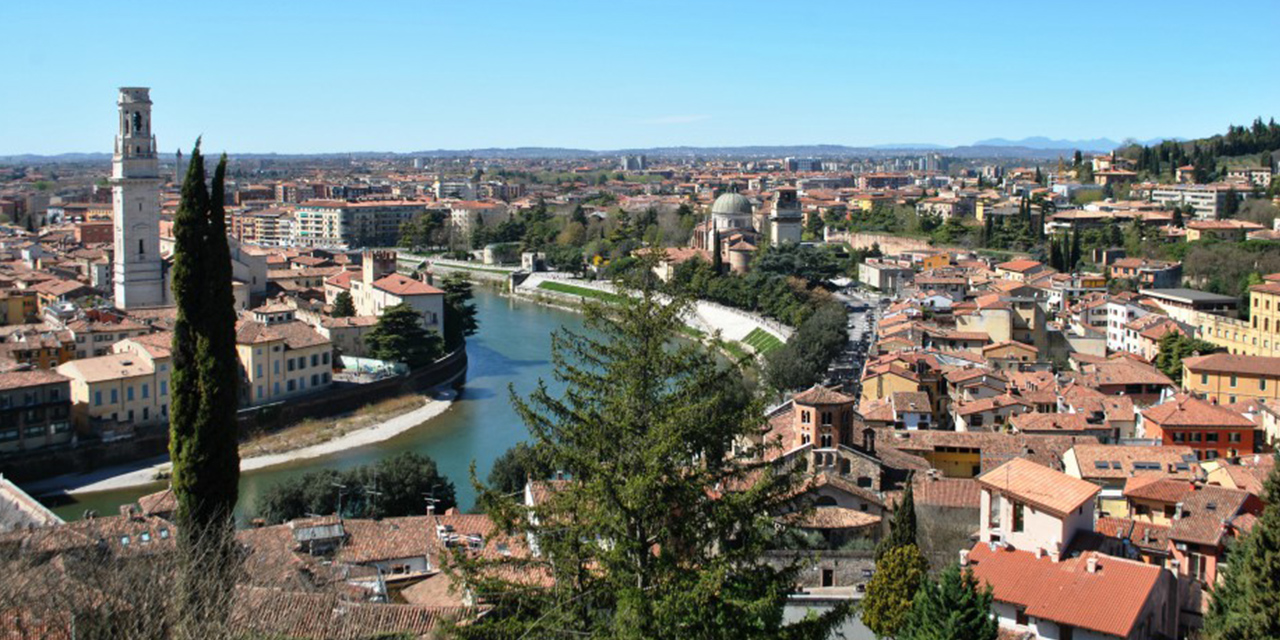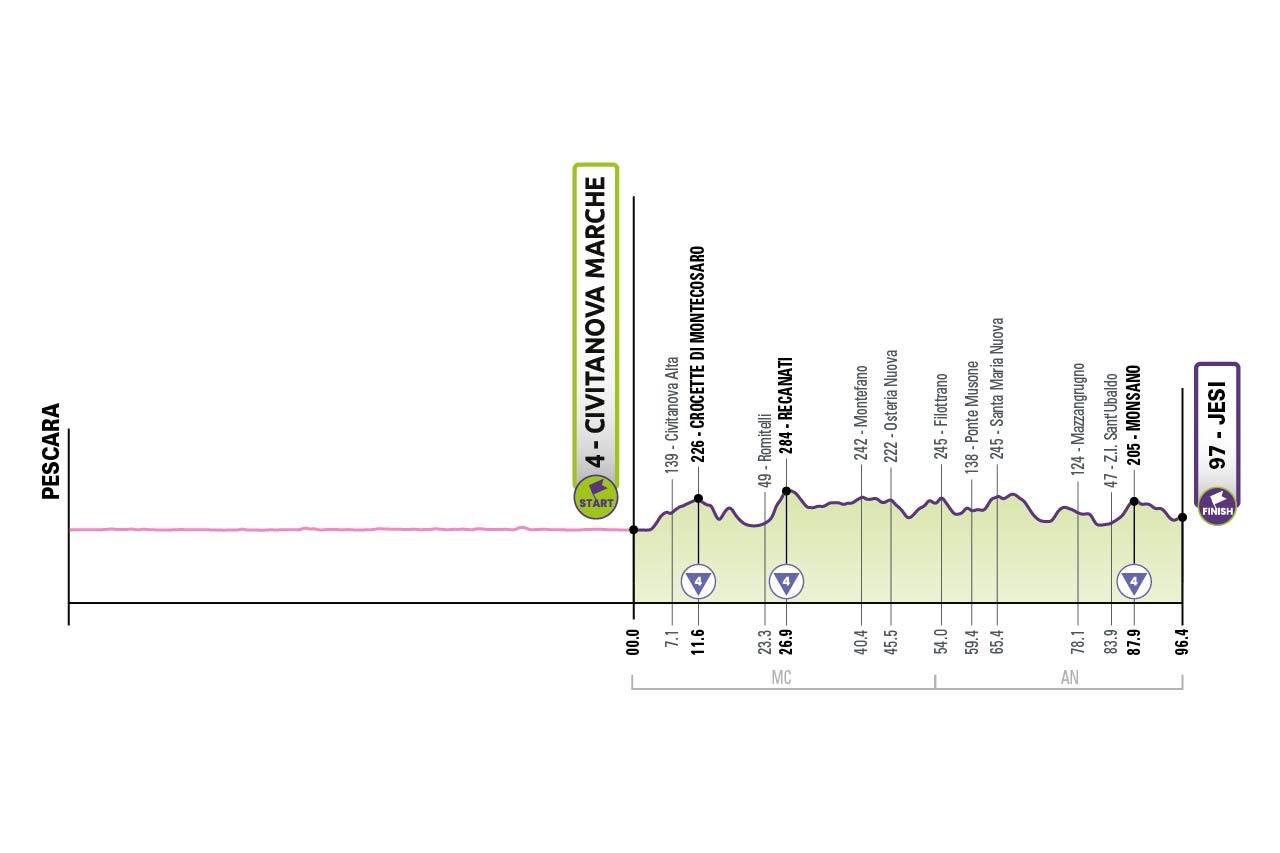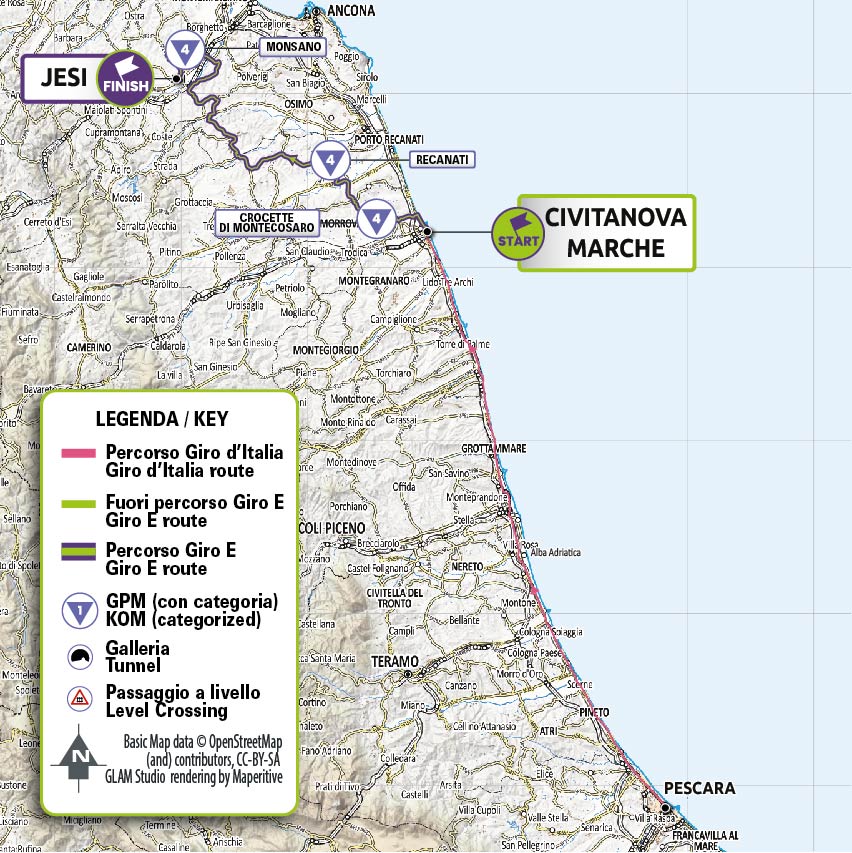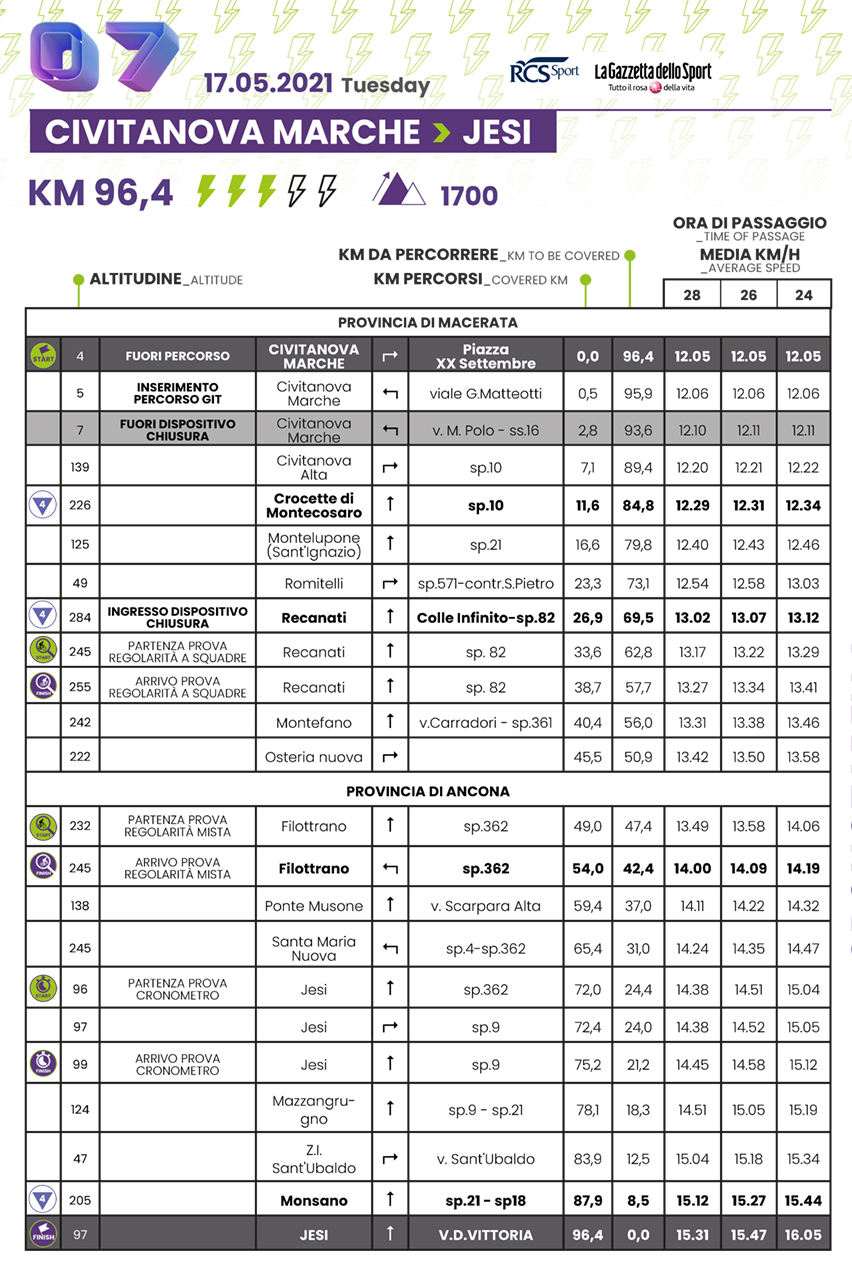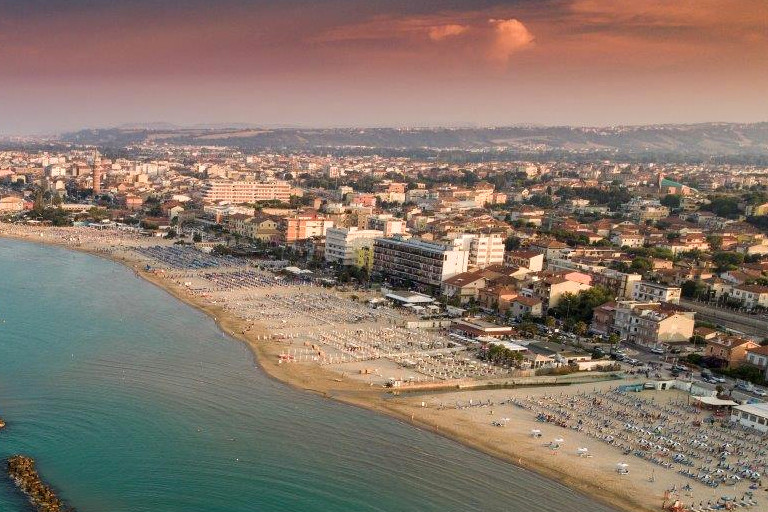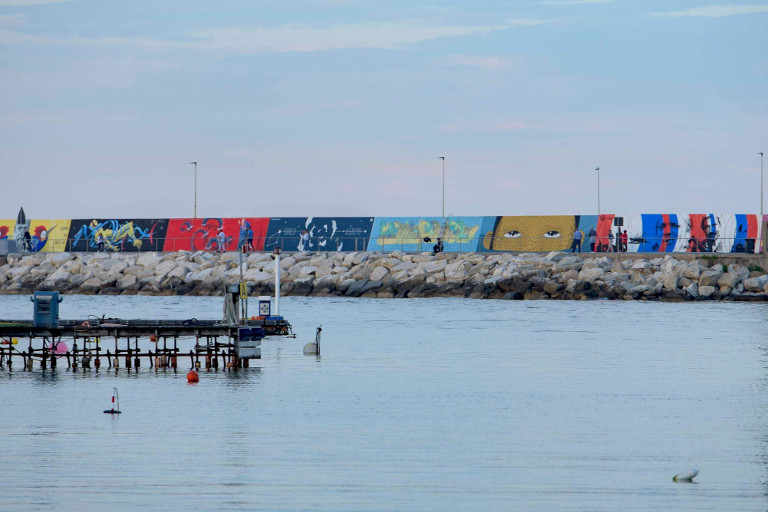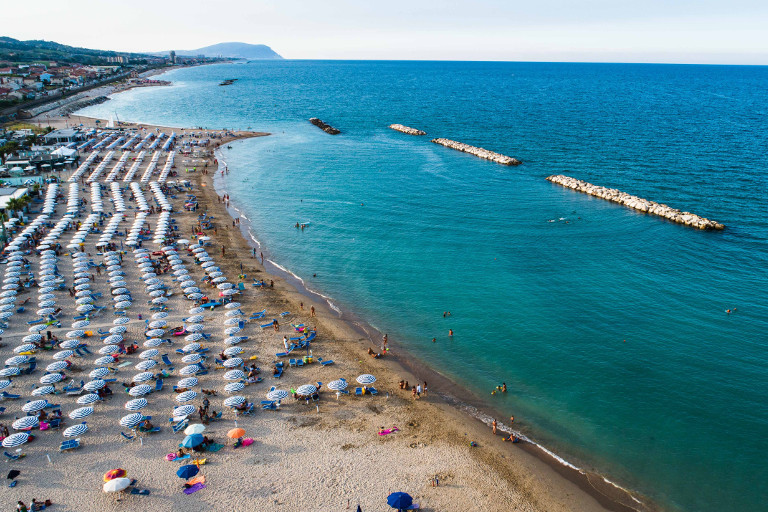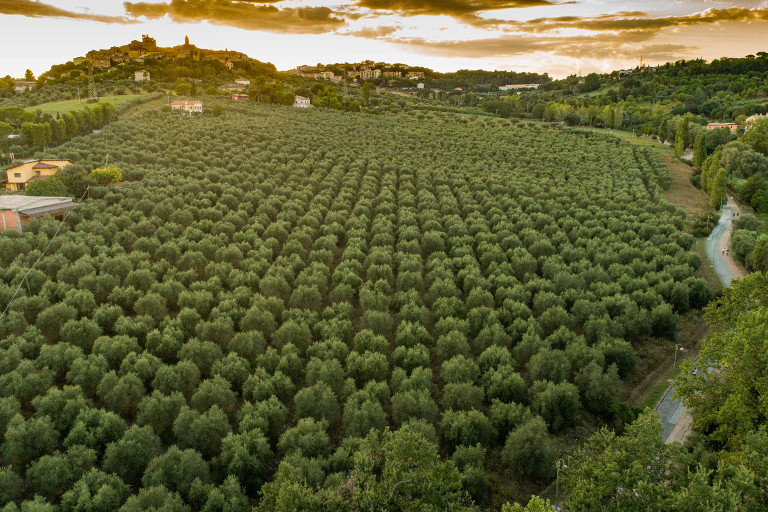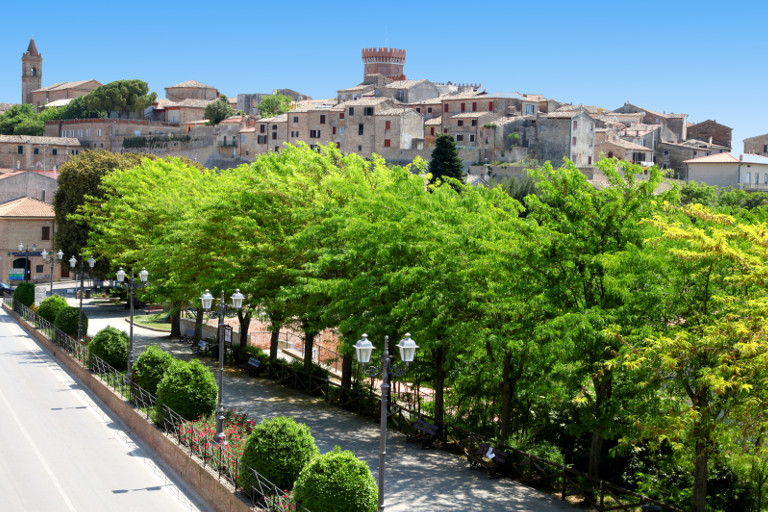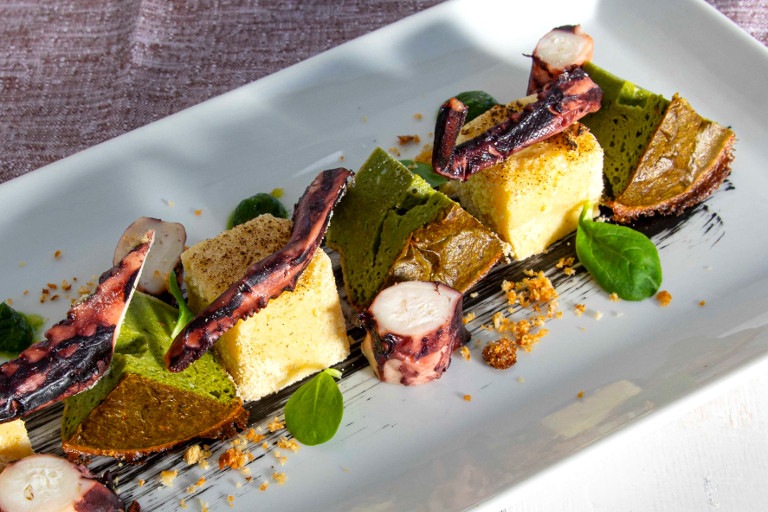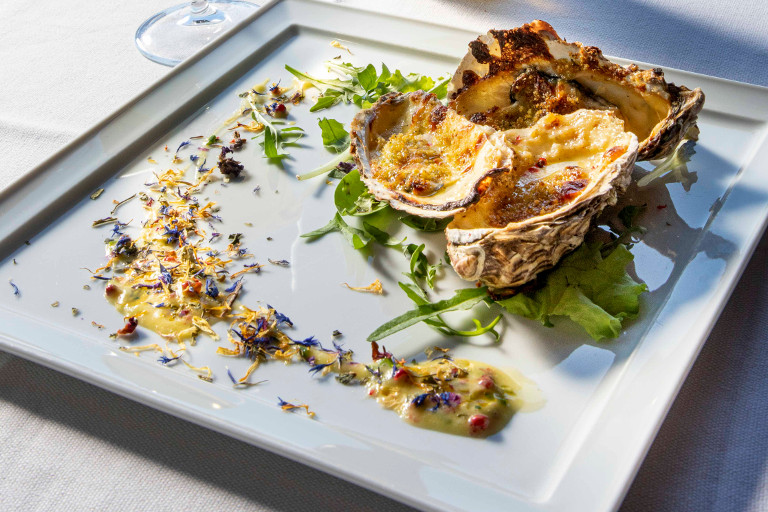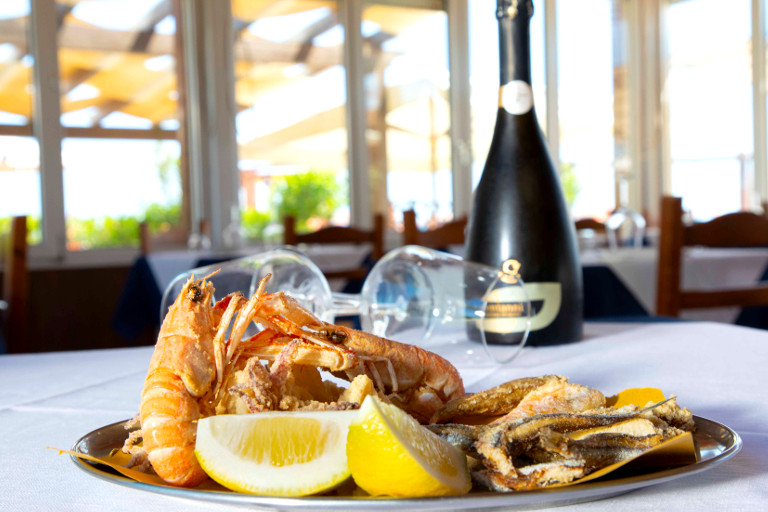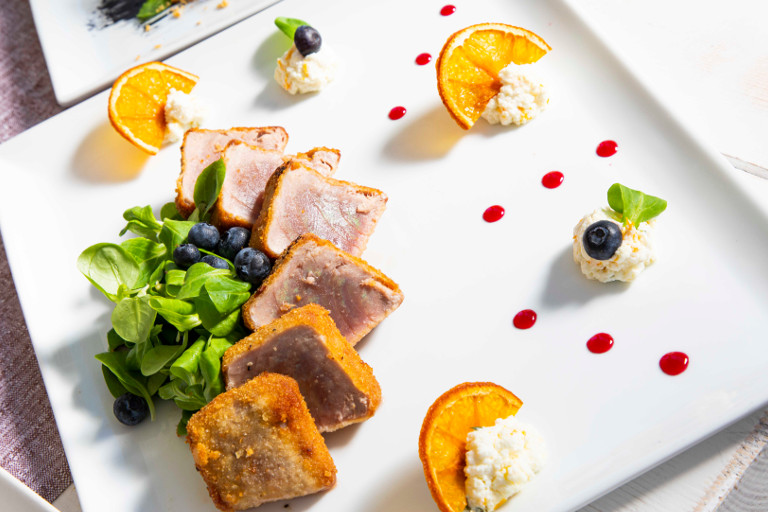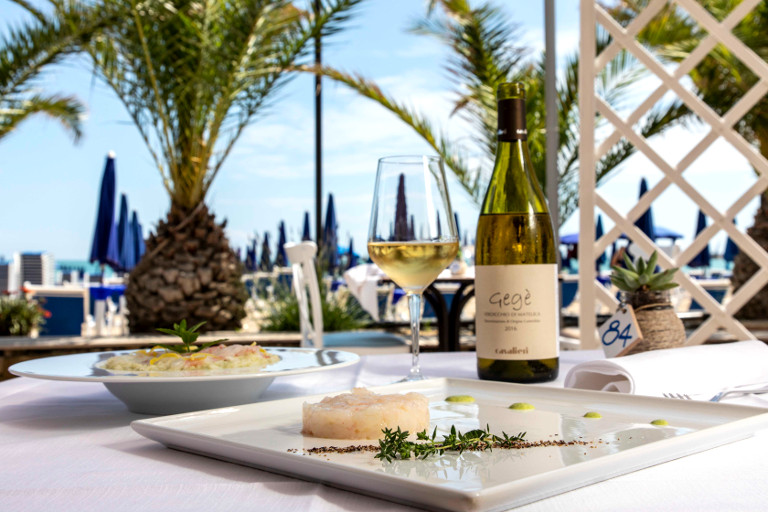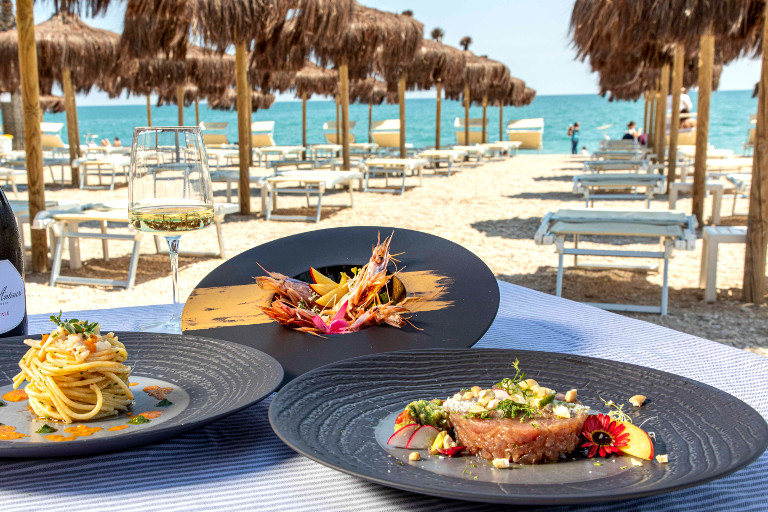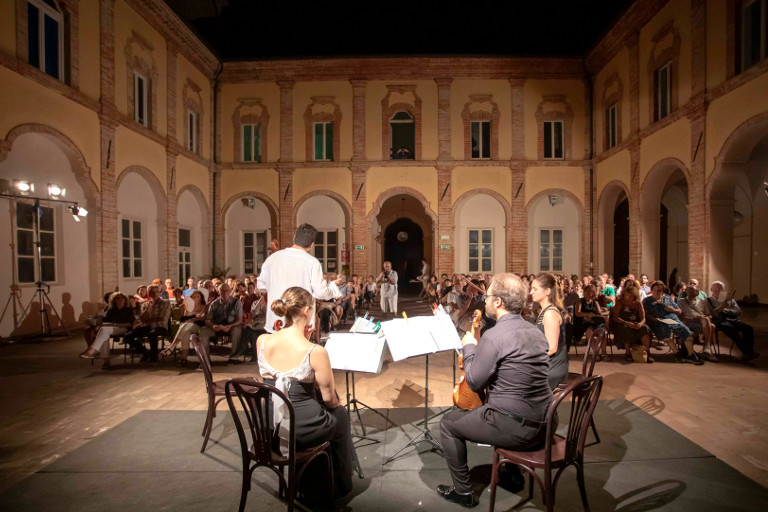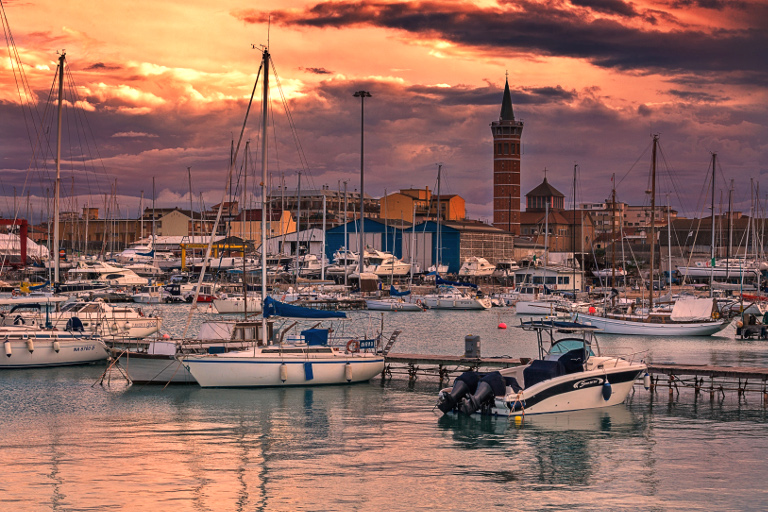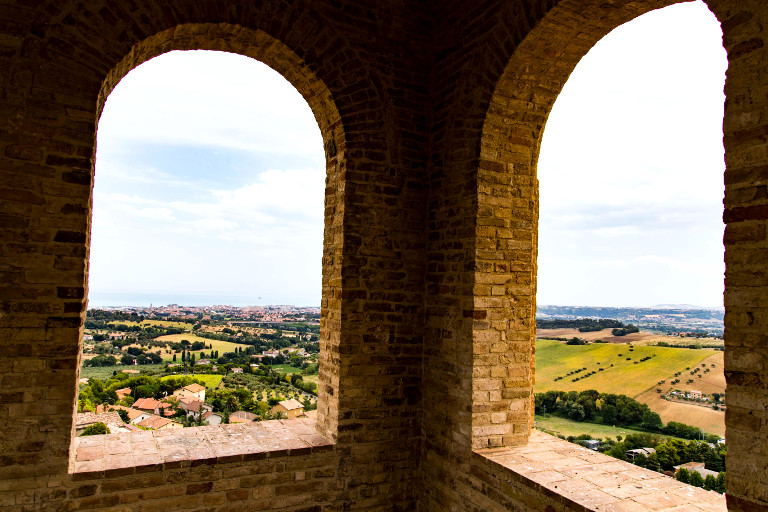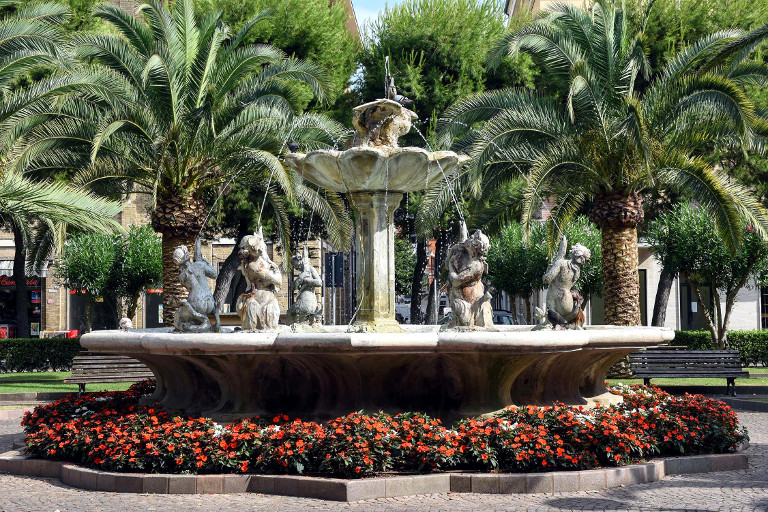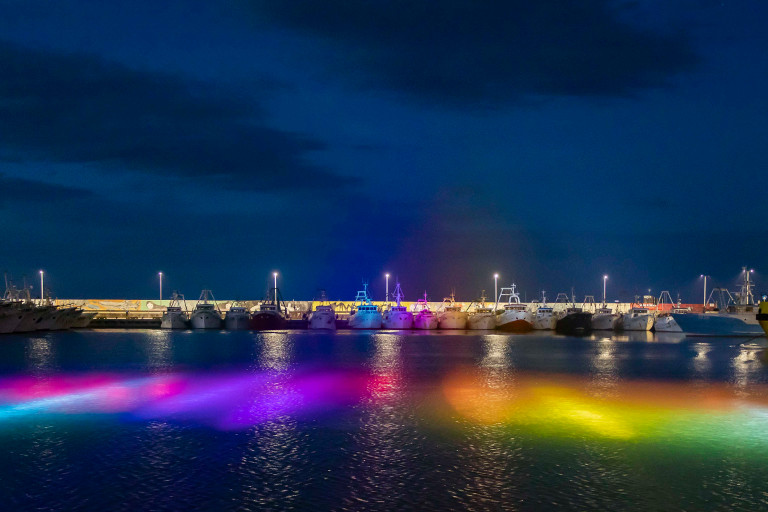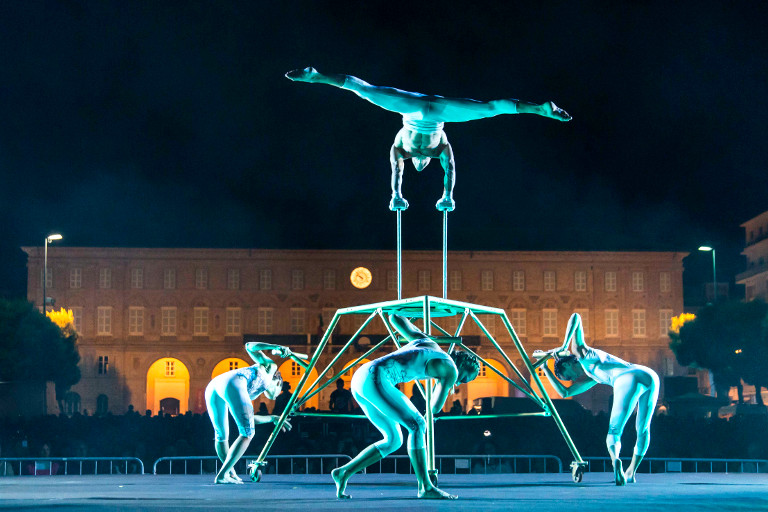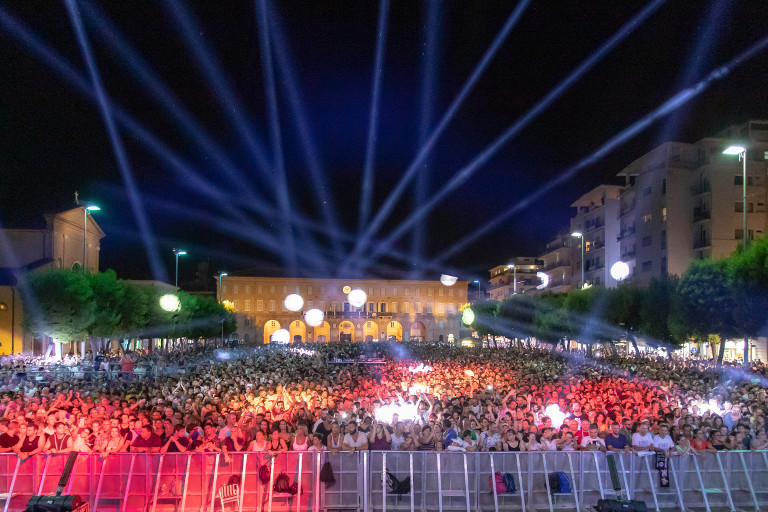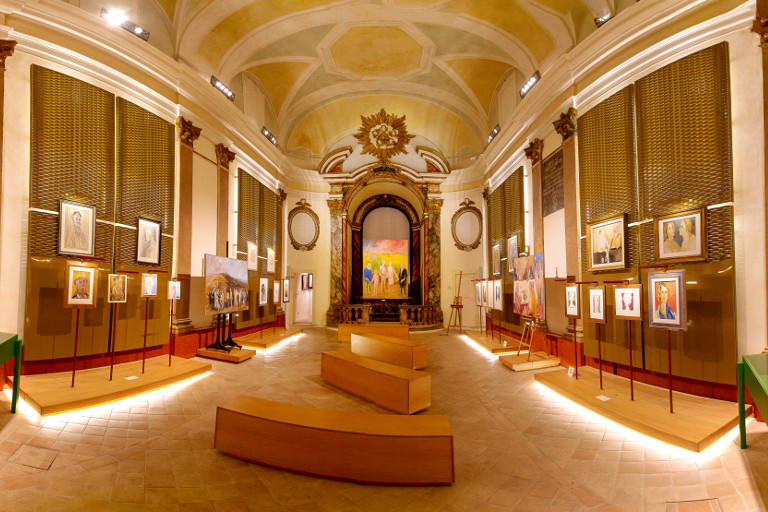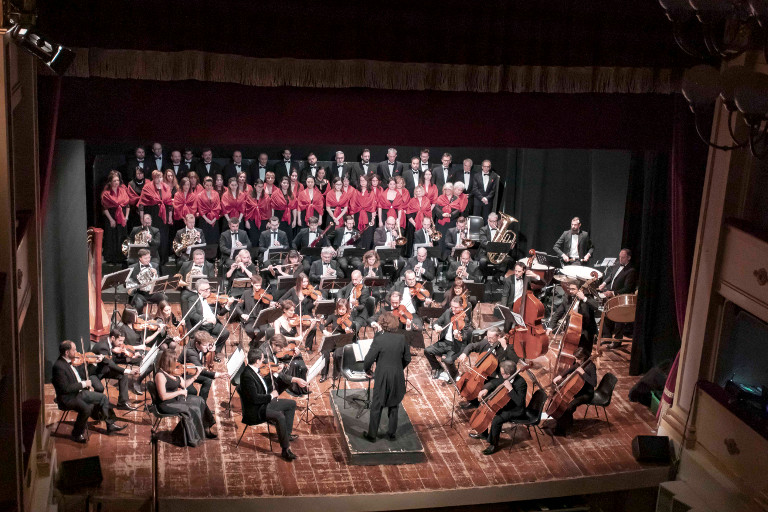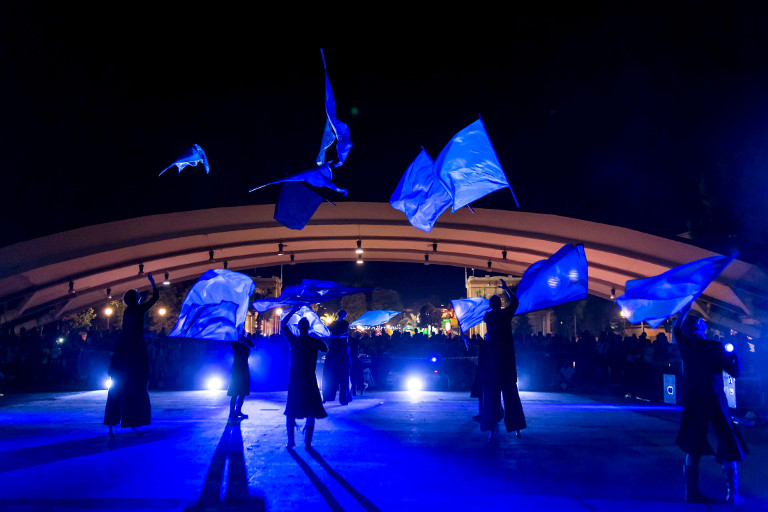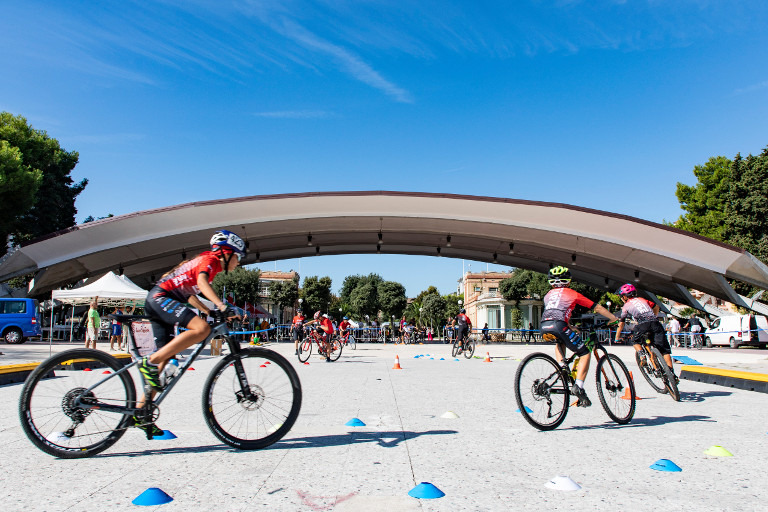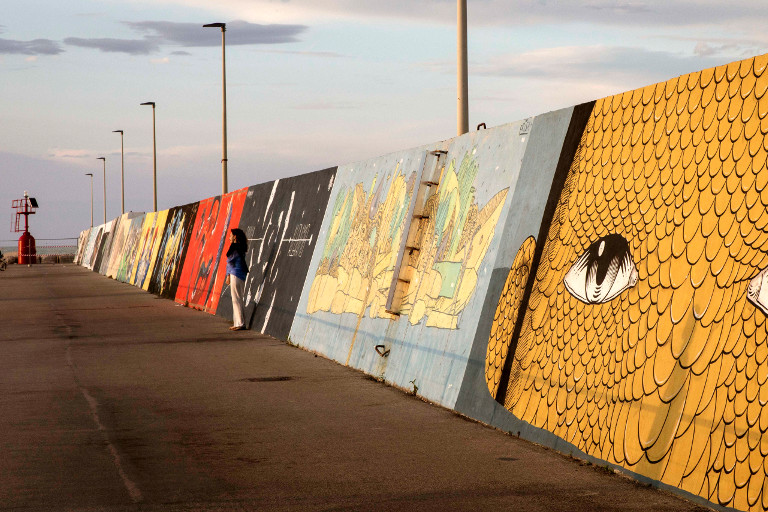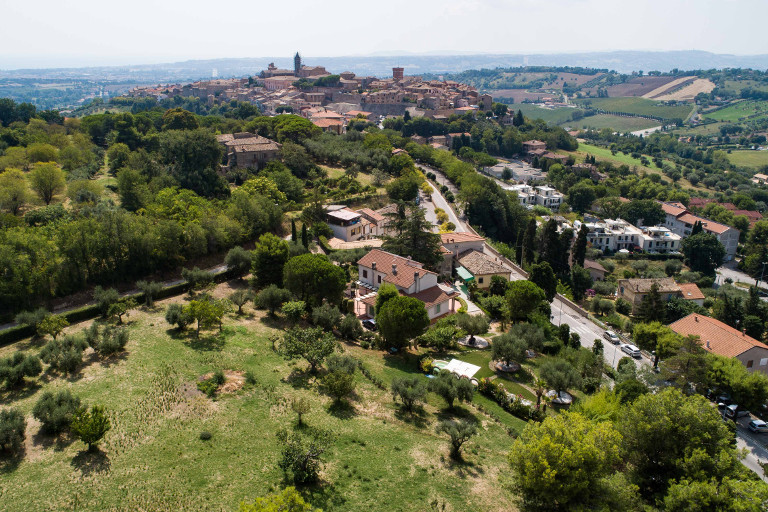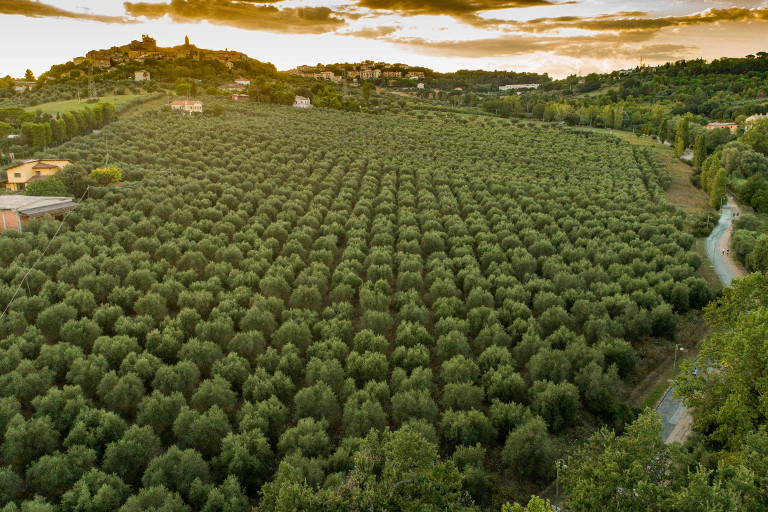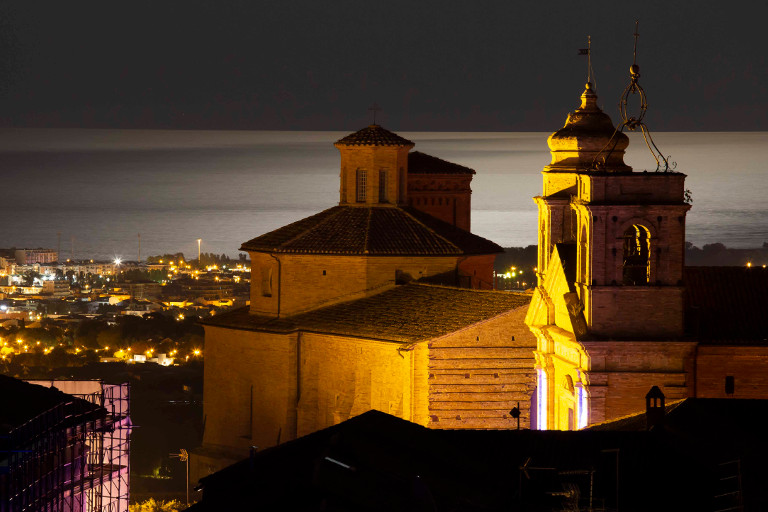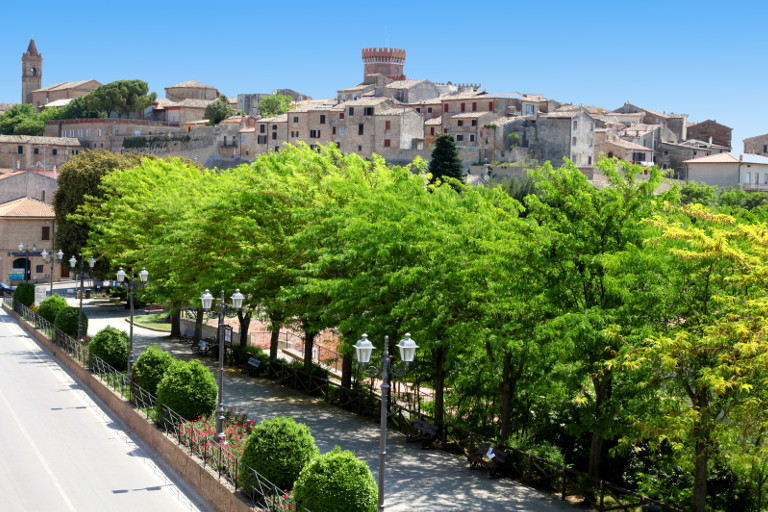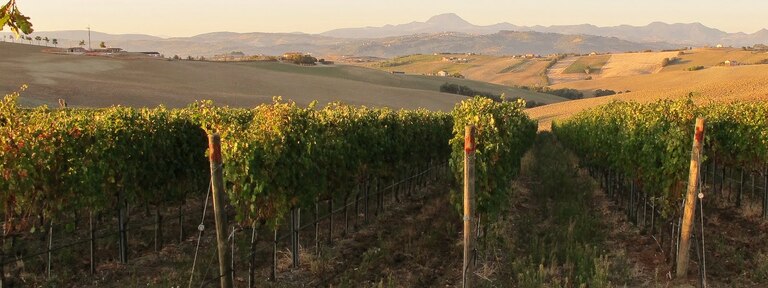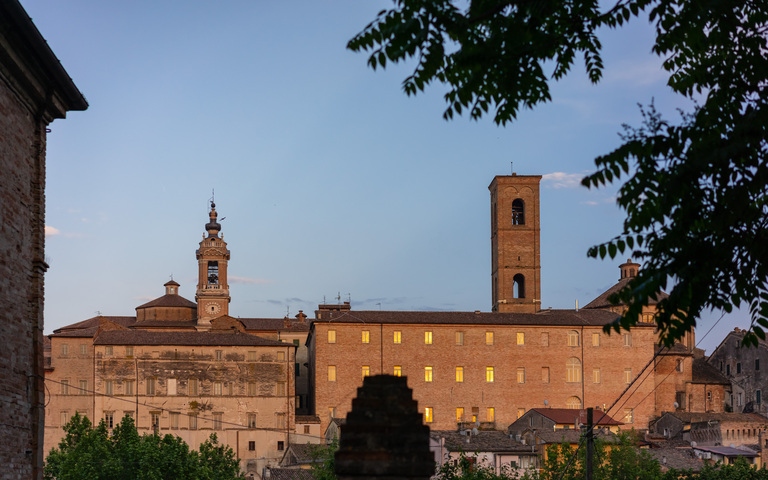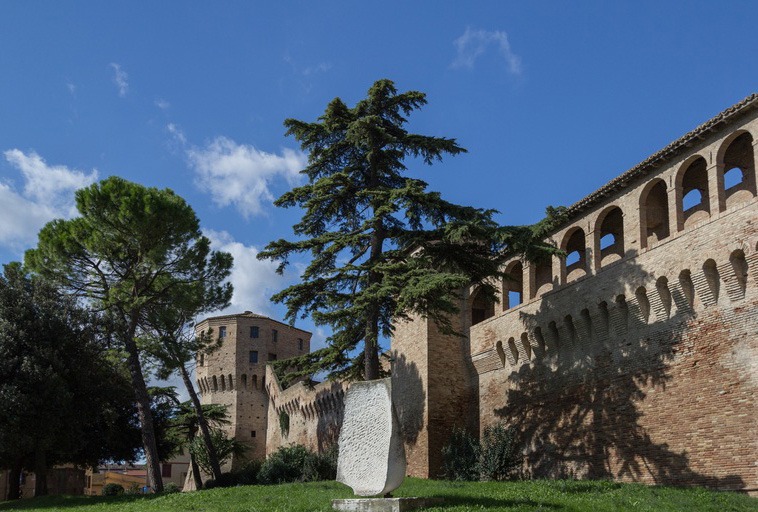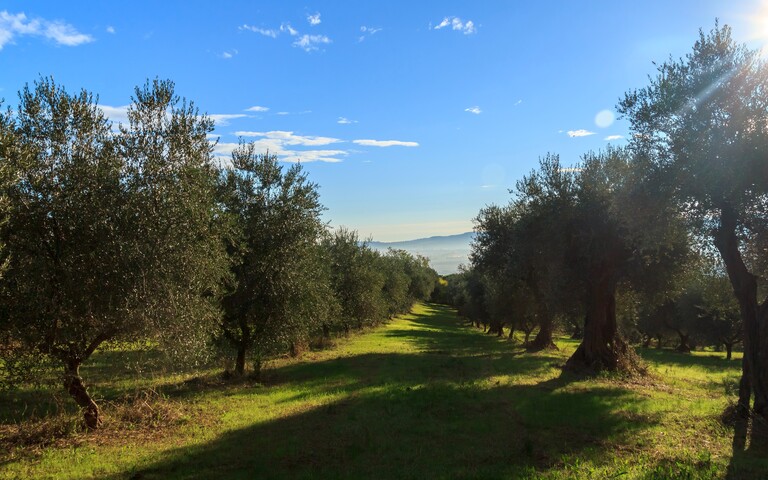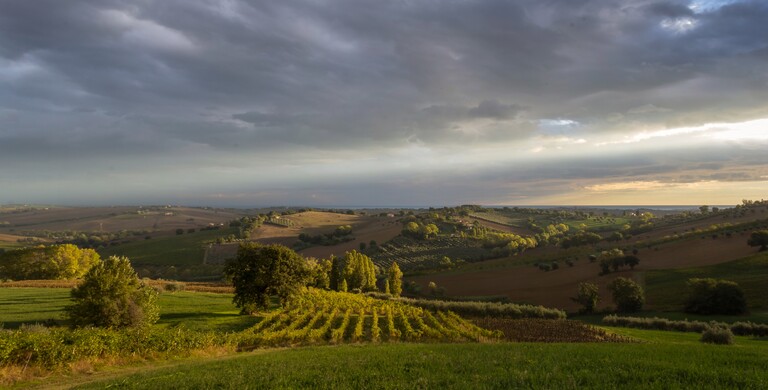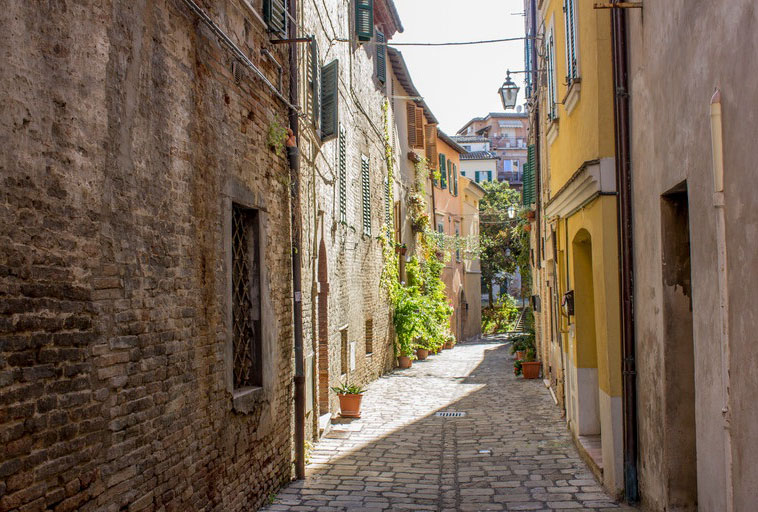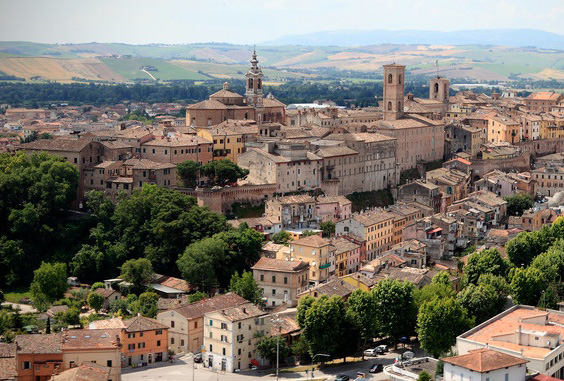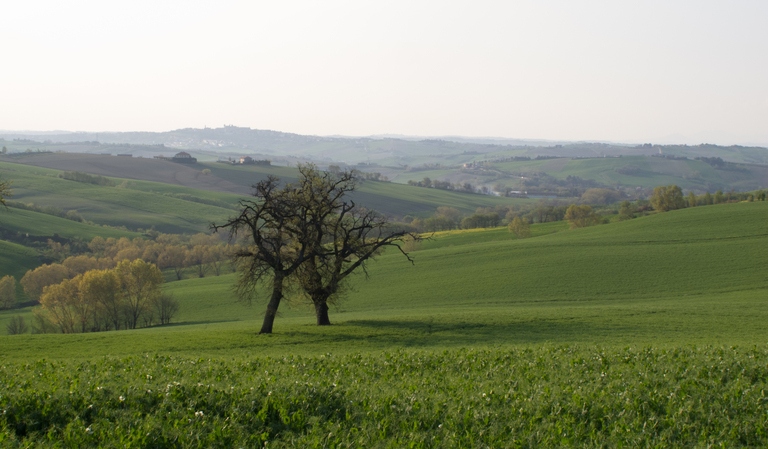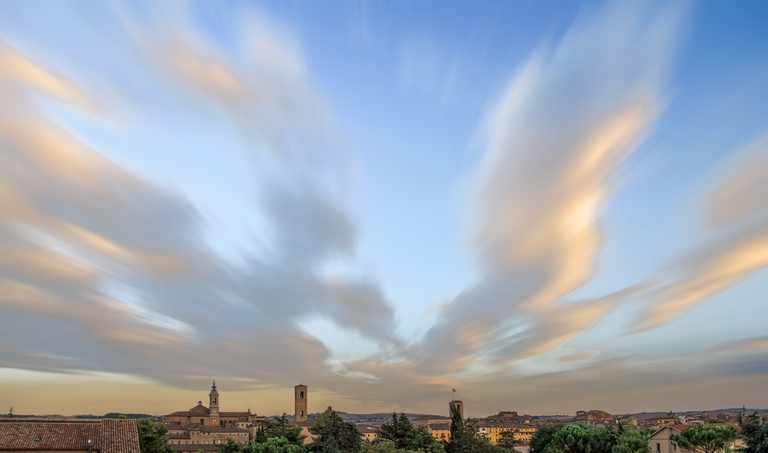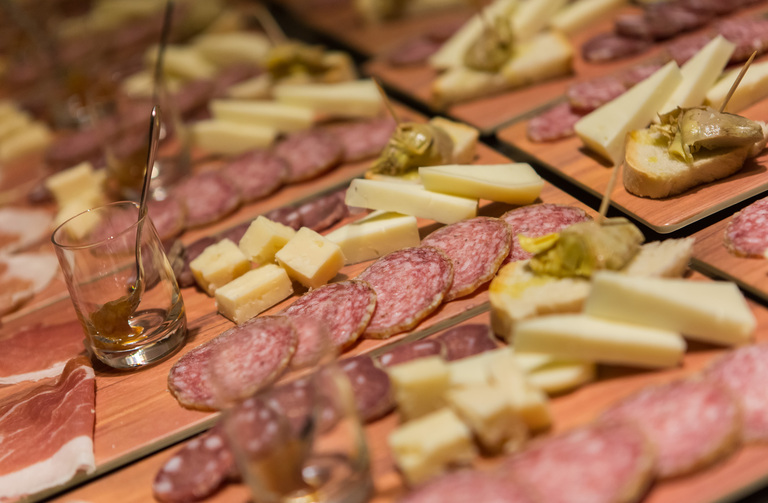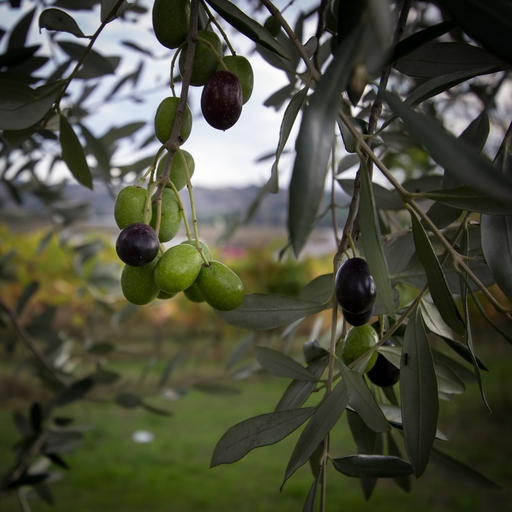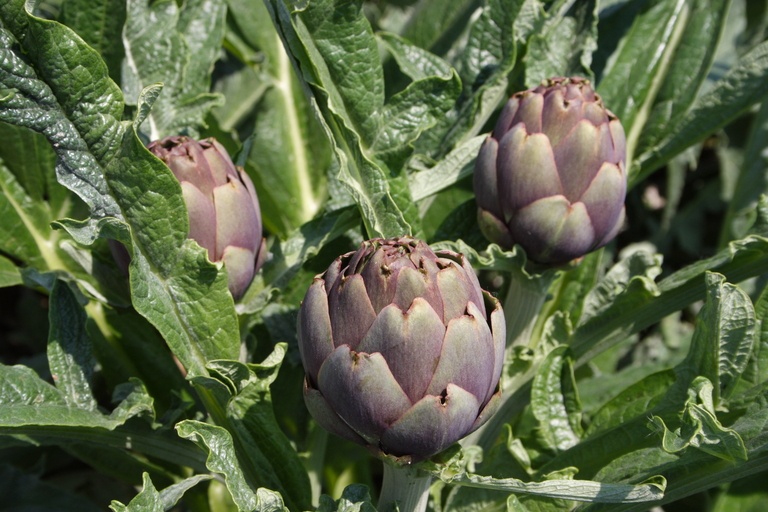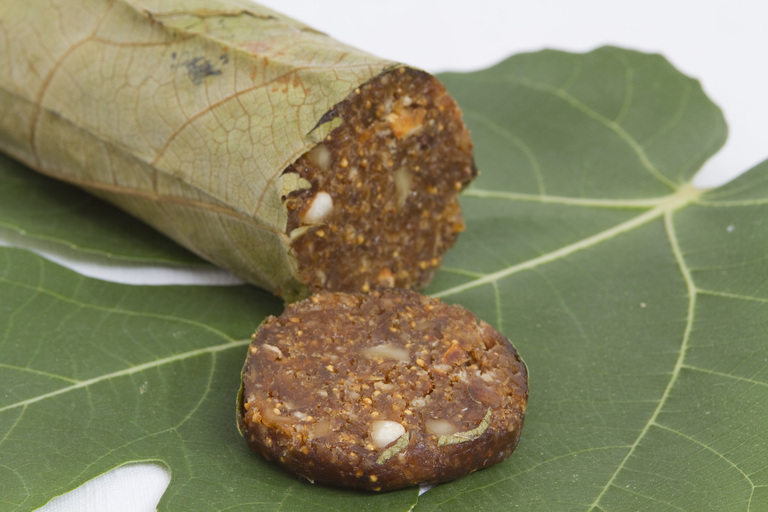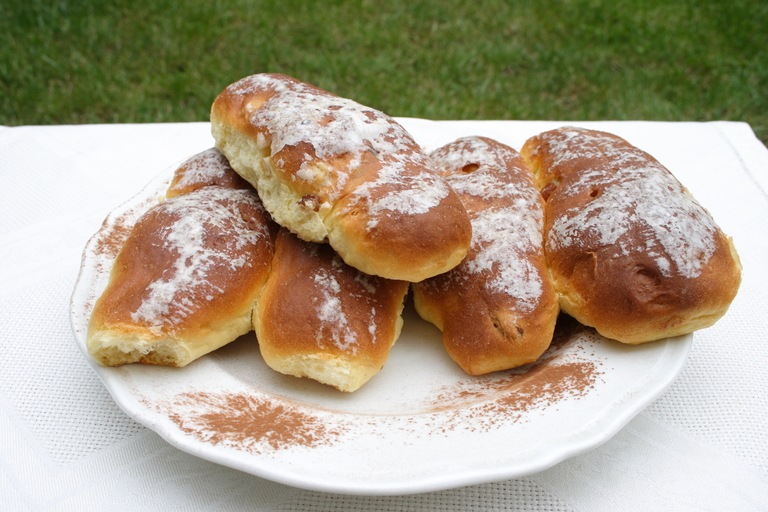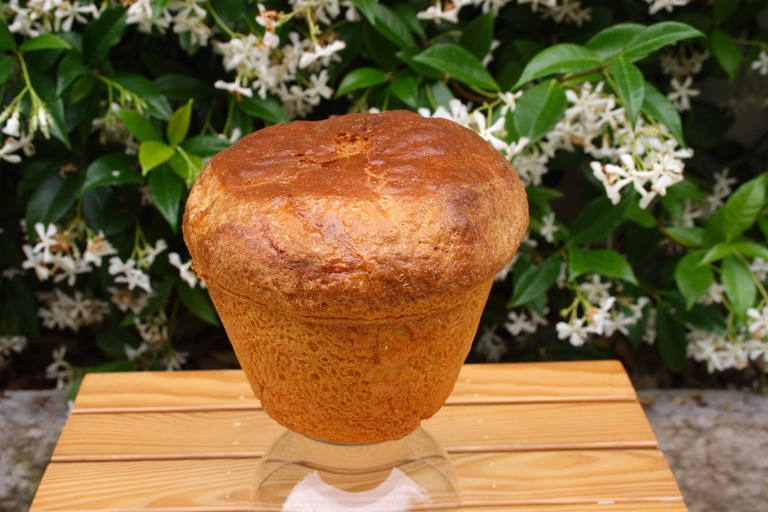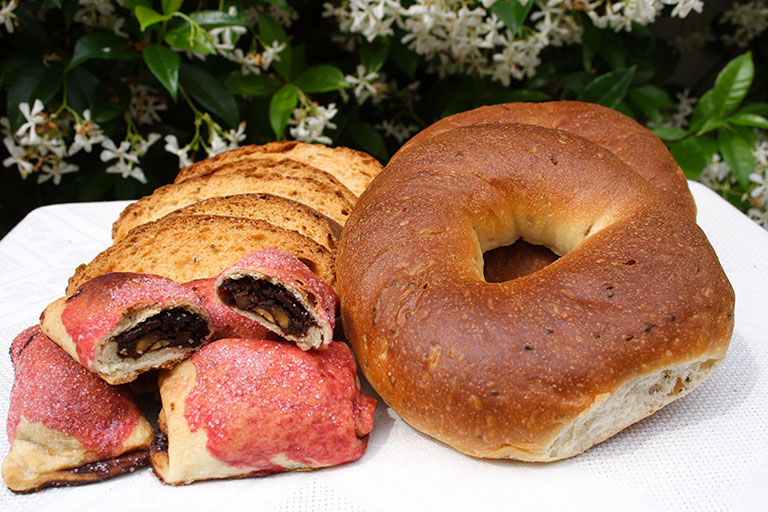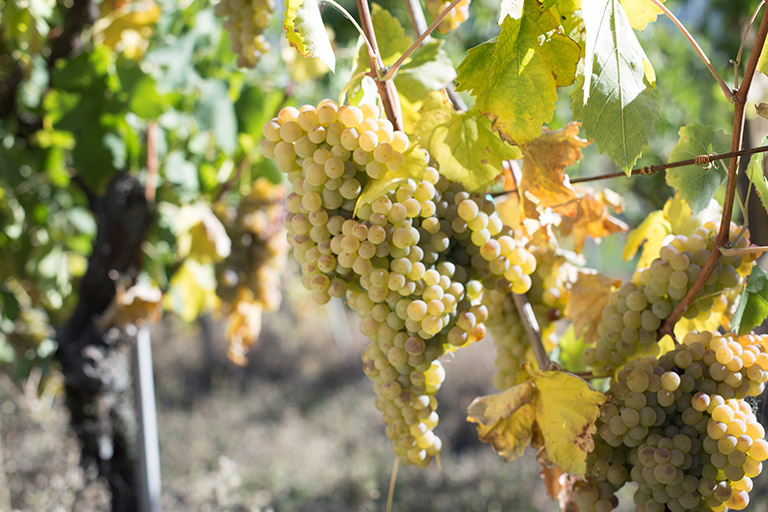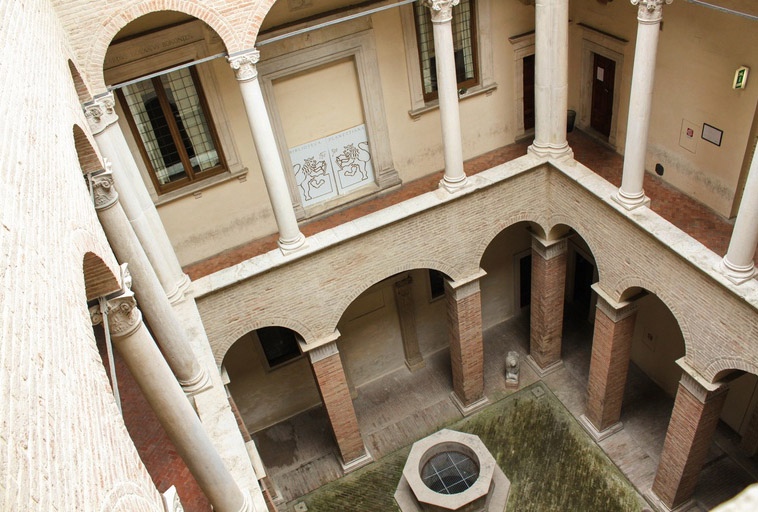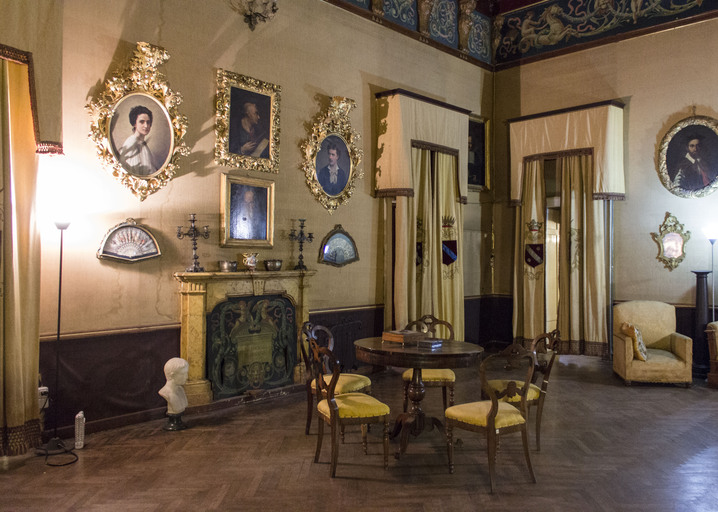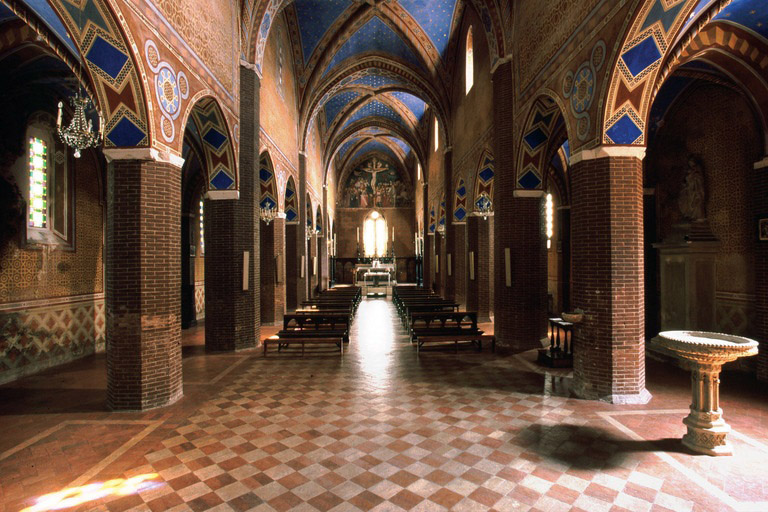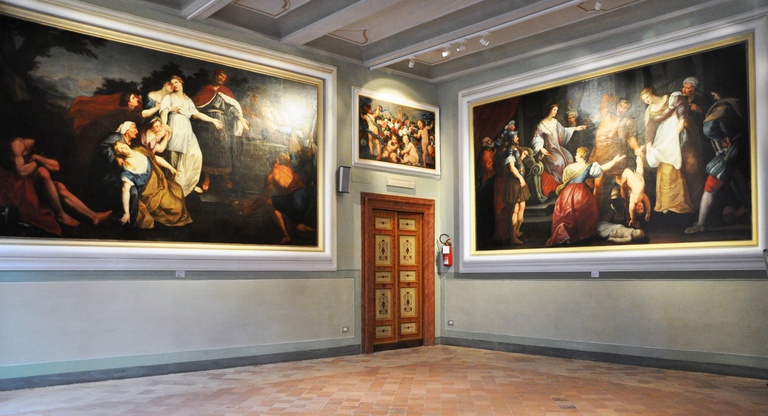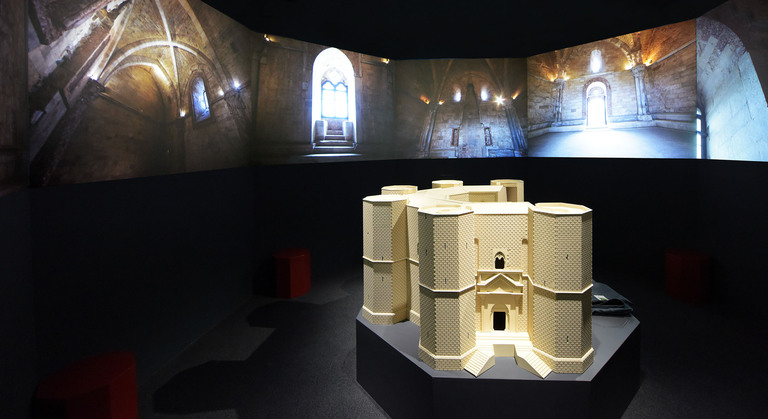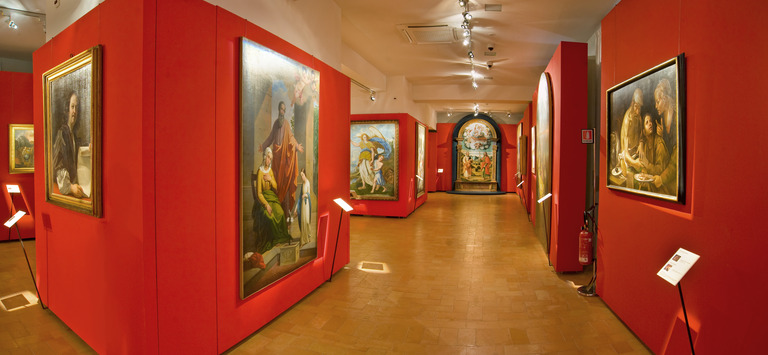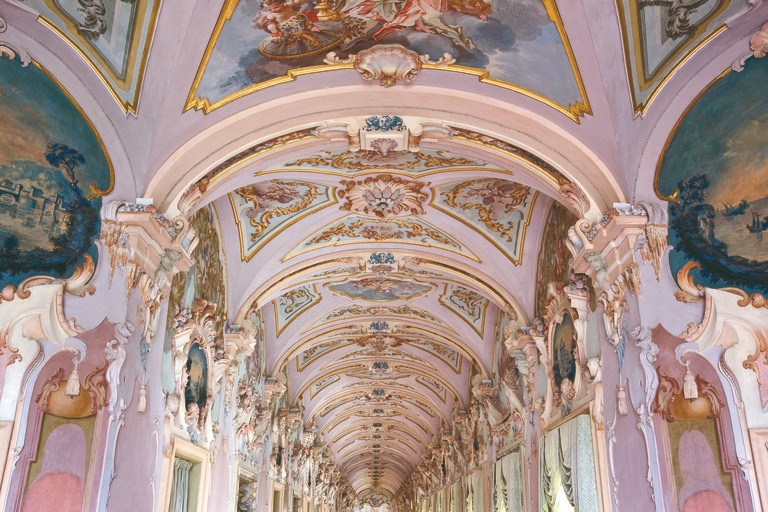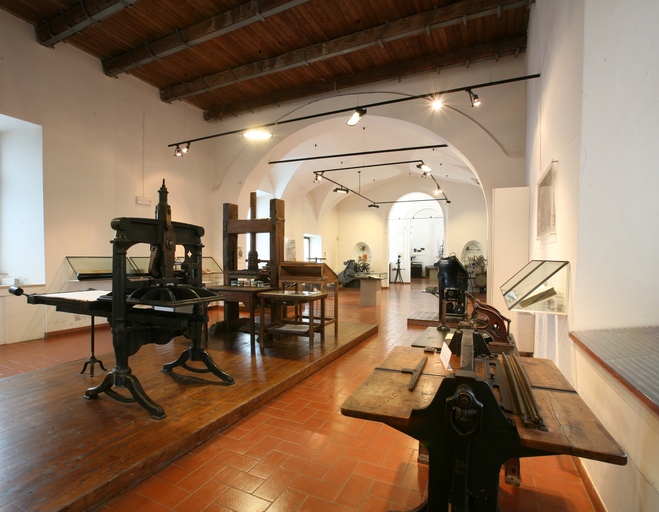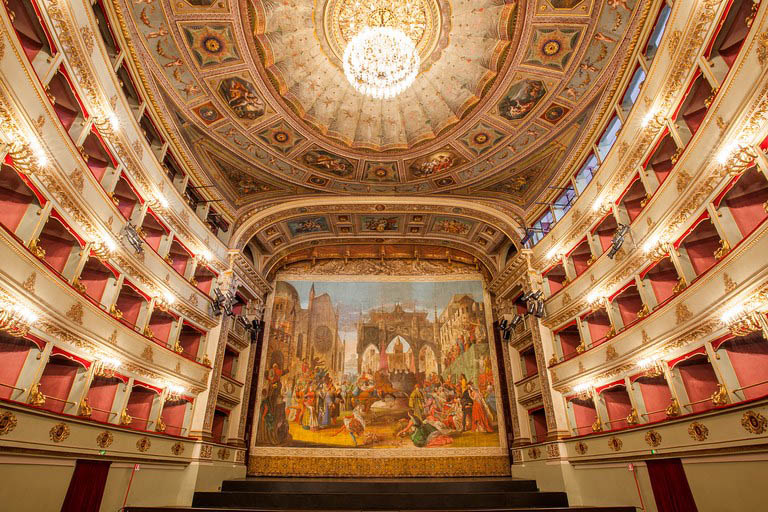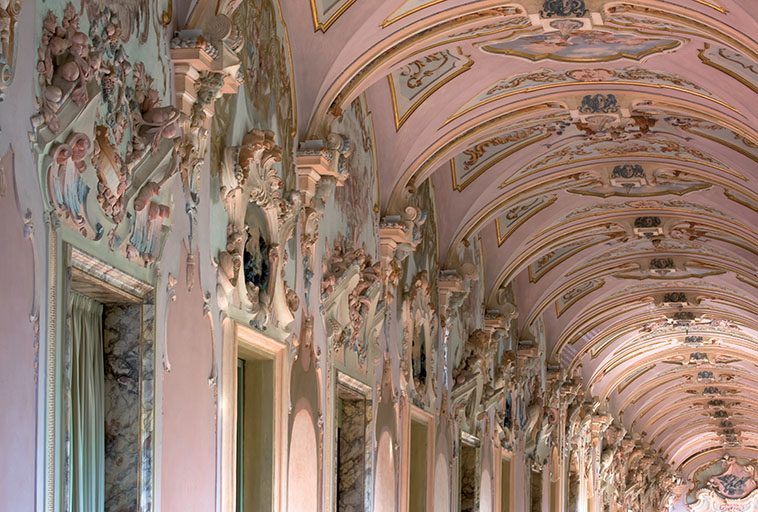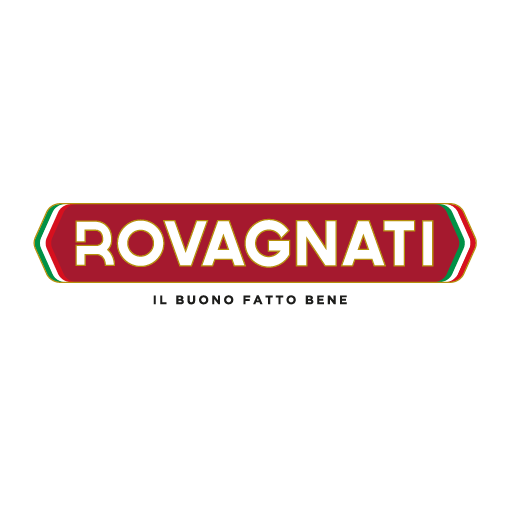profile
map
itinerary timetable
tourist info
Host city:
CIVITANOVA MARCHE
Touristic information
Situated on the Adriatic side, Civitanova Marche is the largest city on the Macerata coast, and the most populous in the province (42,523 inhabitants). It presents two “souls”: a historic medieval village enclosed within the hilly walls, at 155 meters above sea level, and a more modern system developed around the port and the ancient fishing district, today the primary urban center.
The ancient village of the Upper Town represents the cultural heart where the major assets of historical interest are located, as well as the Civic Art Gallery and the Museum of Graphics and Posters. The port area, on the other hand, hosts the contemporary Urban Art Museum which has over 100 murals, all works by young and renowned street-artists.
It represents a prominent center in the Marche region under the port, seaside and tourist-cultural profile, as well as with regard to artisan production in the footwear and accessories sector. It is a dynamic, served, strategic, economically active center, full of appointments, initiatives and events, which has understood its potential and therefore started a path of all-round strengthening of hospitality and enhancement policies with interventions and awards about environment, sustainable mobility and accessibility
Gastronomy
The main products of Civitanova Marche, being a seaside city with hilly openings, mainly include fish (primarily poor fish, selected on the basis of characterizing elements such as local origin, seasonality, etc.) and wine and oil production although Civitanova, as the fulcrum and place of reference also for the hinterland district, also takes care of the enhancement of the products deriving from crops and livestock in the surrounding territories.
The typical dish par excellence of the Civitanova tradition is the “polenta with octopus and chard”, which was born from the meeting of the traditional peasant recipes of the hinterland with the fishing products (the other deep soul of the city), when the citizens of Civitanova, who came down from the surrounding hills, re-owned the coast and the sea, until then the undisputed reign of the Moors and pirates. The simplicity of this popular recipe has made the combination of ingredients almost indissoluble over time, so much that it is the perfect representation of Civitanova in the combination of fruits of the earth and the sea
Beverages
The local wine production is distinguished by several refined white, red, passito, sparkling wines, etc. from vines of Rosso Piceno, Montepulciano, Merlot, Cabernet, Lacrima Sangiovese, but also Maceratino called Ribona, and more from local wineries. The most renowned are the Cantine Fontezoppa and the Boccadigabbia farm
Main Sights
Civitanova Marche is the “City with two souls”: a modern system developed around the port and the ancient fishing district, now a primary urban center, and a historic medieval village enclosed within the hilly walls.
Civitanova Porto is flat, with some historic buildings, many commercial activities, two served seafront promenades and the fishing and tourist port, ideal for immersing yourself in the blue of the sea and in the green of the cycle paths, for strolling on long and golden sandy beaches, but also for those in search of art, history and picturesque views, without giving up the worldly life and shopping. Or for those who love to indulge in sport, discover the tasty flavors of the local tradition, and enjoy a peaceful holiday in a lively city. Among the points of tourist interest, the following should be noted in particular:
LIDO CLUANA. Seat of the first bathing establishment in Civitanova, in 1933 two twin late Art Nouveau buildings came to life. Place of dancing parties, the buildings placed in symmetry ideally connect the square with the coast.
PALAZZO SFORZA. Since 1938 it has been the seat of the Town Hall. The grandeur of the neoclassical style is enriched by Renaissance elements. On the central façade, preserved in the structure and in the loggia, the clock was installed after the First World War, and it is still in perfect working order.
SQUARE XX SEPTEMBER. The square is the heart of the city, it dates back to the 15th century and is one of the largest in the Marche.
CHURCH OF SAN PIETRO. Built in the mid-nineteenth century in neoclassical style, it was for a long time the only Parish of Civitanova Porto. It underwent a restoration in the nineties, and on the facade it preserves the statues of S. Pietro and S. Marone. A fine painting of the Madonna della Misericordia dominates the main altar.
OLD FISH SHOP. After the First World War the city was equipped with a place for the sale of fresh local fish, builded on the Liberty style of the time. The top of the rectangular building is softened in the corners by dolphin-shaped acroteria, and still maintains its function as a fish, fruit and vegetable market.
“VARCO SUL MARE”. The reinforced concrete supporting structure of this imposing arch was safeguarded from the demolition of the old exhibition pavilion (in 2017) for its architectural and engineering value. Designed according to the guidelines of the Nervi school, the old construction of the 1950s allows the city to enjoy this gap between heaven and earth, open to the blue of the expanse of the sea.
Civitanova Alta, on the other hand, is the historic village, on a hill, rich in cultural heritage and seat of museums. Unaltered medieval structure where, entering from Porta Marina with the characteristic cypress born inside the crenelated belt, you can easily reach the central Piazza della Libertà. Absolutely perfect for indulging in relaxing strolls through the picturesque alleys, overlooked by noble palaces and historic churches, or admiring an exciting panorama characterized by the green of the hills and the blue of the Adriatic Sea on the horizon. Rich in historical and artistic heritage, including in particular:
CHURCH OF SAN PAOLO. Built on a previous Romanesque building between 1740 and 1753. On the side of the facade is the tower with the clock and the bell tower. The single nave interior preserves the paintings by Filippo Conti, Andrea Briotti, Durante Nobili, an organ by Gaetano Callido from 1792, a baptismal font from the 15th century, a venerated wooden crucifix and the relics of the Patron Saint Marone.
PALACE OF THE MUNICIPAL DELEGATION. Ancient prior building demolished in 1867, on a pillar of the porticoed facade there is a marble plaque commemorating the most illustrious citizen of Civitanova Alta, the Renaissance scholar Annibal Caro. Inside the building in the Council Chamber there are frescoes by Ulisse Ribustini from 1880.
ANNIBAL CARO THEATER. Inaugurated in 1872. After a long closure, it was restored and opened to the public in 1997. Inside, the ceiling is decorated with grotesques, the classical theater backdrop painted by Giovanni Nunzi di Fermo in 1872.
- FRANCESCO MULTIMEDIA SPACE. Church built in the 14th century in Romanesque-Gothic style. Consecrated in 1399 and restored in the 18th century. Municipal property since 1866, restored in 1997. Today it is an auditorium and exhibition venue
JESI
Touristic Information
Jesi (40,000 inhabitants) situated partly on a plain and partly on a hillock to the left of the Esino river, half way from the Adriatic Sea and the Marche Apennines. Jesi is the most important city in the river Esino valley, embracing about 20 hamlets. UNESCO has defined it as an ‘exemplar city’ thanks to the exceptional preservation of its oldest memories. Jesi was the birthplace of illustrious figures such as the Swabian Emperor Frederick II Hohenstaufen, the humanist Angelo Colocci and the composer Giovan Battista Pergolesi, but over the centuries it has also been home to important names who have left a valuable cultural heritage such as the Siena-born architect Francesco di Giorgio Martini and the Venetian painter Lorenzo Lotto.
Jesi’s extraordinary sports vocation is recognised at international level, making it the world’s most medalled city (23 medals) in the history of the Olympics. There have been great champions from Jesi, both in fencing, such as Valentina Vezzali, Giovanna Trillini, Stefano Cerioni and Elisa Di Francisca, and in football, first and foremost Roberto Mancini, coach of the Italian national football team.
Gastronomy
Sitting at table and trying the local food … no better way to appreciate the local culture. The flagship pasta dish is a regional version of baked lasagne, the vincisgrassi. Once called “princisgras”, it is made from a 1784 recipe by renowned, Macerata-born chef, Antonio Nebbia. Another local specialty are passatelli, a soft pasta made with parmesan cheese, bread crumbs, eggs and nutmeg, that can be eaten in broth or as pasta, with sauce. As a second course, the porchetta, roast suckling pig, is popular in all of Central Italy. In the Marche, though, rabbit is also prepared this way, ‘in porchetta’, stuffed with wild fennel and bits of pork rind. Other regional favourites are the coniglio in potacchio, roast rabbit seasoned with garlic, sage and rosemary, and the oca arrostita, roast goose, traditionally eaten at harvest time. Specialty bakery products are both sweet and savoury. Early in the year, there are Carnival treats. This area of the Marche is known for the castagnole, small balls of sweet dough, fried, then dusted with confectioner’s sugar, and the cicerchiata, named for the shape of the small chickling pea and made from tiny balls of hand rolled dough, drizzled with honey. The bakery treats for the Feast of St. Joseph are maritozzi. They are like a sweet bread, baked in small oval shapes and decorated with a sugar icing. The pizza al formaggio was always served for breakfast after the Easter mass. This cheese bread is traditionally eaten with home-made salami and an omelette made with a mix of spring herbs. Harvest season is the time for cakes and biscuits ‘al mosto’. In November the fave dei morti are made, a round, slightly flattened biscuit with almonds. The cavallucci or “little horses” biscuits are traditionally made in wintertime. Thick and rich, these treats are stuffed with ‘sapa’, Rum or Marsala, coffee, walnuts, almonds, chocolate, candied fruit, raisins and dried figs. A special delight: the lonza di fico, a dried fig log, with walnuts, almonds and sapa, a sweet, boiled grape-must syrup.
Beverages
But in this land of ours, art also manifests itself in that succulent nectar, straw yellow in color, known as the Verdicchio dei Castelli di Jesi.
The name ‘Verdicchio’ first appeared in 1569 in a notarial deed. It refers to both the grapevine and the grape which turns into a lovely straw yellow when ripe, but retains an evident greenish tinge. The production area covers 24 townships, most of them in the central hills of Ancona Province and a small part in some territories in Macerata Province. ‘Verdicchio dei Castelli di Jesi’ wine is obtained from Verdicchio grapes, an autochthonous variety. Some other authorized, white grape varieties may be added up to a maximum of 15%.
Bouquet: delicate, fresh and fragrant; persistent fruit and floral scents, a hint of green almond.
Palate: dry, elegant, harmonic, with a pleasant, slightly bitter aftertaste.
Designations and typologies DOCG-DOP (Controlled and Guaranteed Designation
of Origin/Protected Designation of Origin): Castelli di Jesi Verdicchio Riserva and Castelli di Jesi Verdicchio Riserva Classico.
Designations and typologies DOC-DOP (Controlled Designation of Origin/Protected Designation of Origin): Verdicchio dei Castelli di Jesi, Verdicchio dei Castelli di Jesi Classico, Verdicchio dei Castelli di Jesi Classico Superiore, Verdicchio dei Castelli di Jesi Passito, Verdicchio dei Castelli di Jesi Spumante.
The Verdicchio dei Castelli di Jesi is the flagship product which put the name of Jesi on the world map, but the territory of the river Esino Valley also produces some other DOC wines: two reds – Lacrima di Morro d’Alba and Rosso Piceno – as well as the Esino in both a white and a red version. It is an age-old tradition in the Vallesina area to make a dessert wine called vino di visciola from an ancient variety of wild cherry made to ferment in the local red wine, a sweet and aromatic alcoholic (14° ca.) beverage. Those who appreciate distillates will want to taste Grappa made from either Verdicchio or Lacrima.
Main sights
In the historic centre the city’s walls, buildings and ancient churches tell our history.
The ancient Roman and Medieval nucleus, even today, still shows the characteristic urban plan of a Roman castrum. Originally built in Medieval times (13th -14th c.), the town walls probably followed and possibly extended the old Roman tract and were later updated at the end of the 15th c. by Florentine military architect, Baccio Pontelli.
Piazza Federico II is Jesi’s most important and historically significant square as it has been ascertained that the surface area largely coincides with what had been the ancient Roman forum. In this square, in a large pavilion erected for the birthing event, Frederick II Hohenstaufen was born on 26th December 1194. The Frederick II Museum hosted in the historic Palazzo Ghislieri, is the first museum in the world to retrace the life and work of the Holy Roman Emperor “Stupor Mundi”.
Flanking it are several remarkable buildings, including the Duomo, the former Franciscan church and convent of San Floriano, now Valeria Moriconi Studio Theatre and Centre, several former noble residences which date back primarily to the 18th and 19th centuries and the Diocesan Museum with art works from the different parishes and religious institutions in the diocese.
Located in Palazzo Pianetti Vecchio, the Printing Museum traces the history of printing, dating back to 1472 in Jesi.
Piazza Colocci played a significant role in centuries past, as a public space for the civil powers of the Free Municipality. Here are: the house museum of the Colocci-Vespucci marquises (15th c.), Palazzo Bisaccioni, that houses the Fondazione Cassa di Risparmio di Jesi, and hosts a permanent collection of ancient, modern and contemporary art, the Palazzo della Signoria designed by the illustrious Siena-born architect Francesco di Giorgio Martini, now it houses the Municipal Library.
The other part of the historic centre, which grew up between the 1400s and the mid-1700s, extends from the Magistrate’s Arch along the high street, currently Corso Matteotti, to the Clementine Arch, erected in 1734, that has become a sort of gateway to the town for those coming from Rome.
Piazza della Repubblica reflects the spirit of its times as a modern, late 18th c. city. The Pergolesi Theatre, inaugurated in 1798, forms an imposing backdrop, the entrance and the foyer lead to the special rooms dedicated to two famous composers Giovanni Battista Pergolesi and Gaspare Spontini. The theatre has been active for over 200 years and is famous for its Opera Season as well as its calendar of other events.
Located on a street running parallel to the High Street, Palazzo Pianetti is a prime example of 18th century architecture in Jesi and is particularly known for its Rococo gallery. Completed in 1781, it is over seventy metres long and offers the viewer a veritable journey through symbolism and allegories. The building houses the city’s Civic Art Gallery and its rich collection of ancient religious art and a large group of works by Lorenzo Lotto, as well as the Gallery of Contemporary Art and the Archeological Museum, which displays a collection of prestigious Roman statues.


